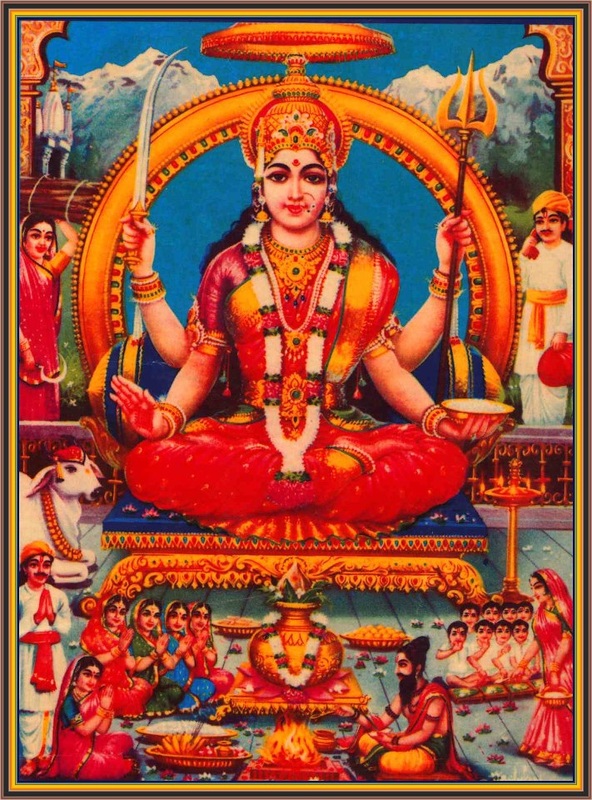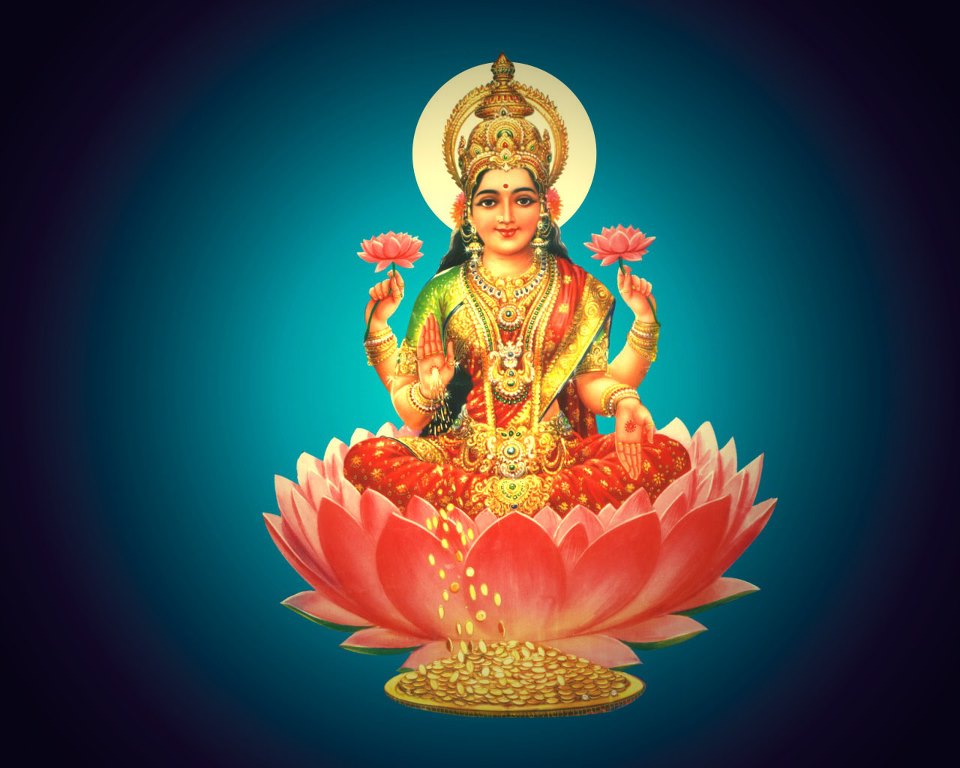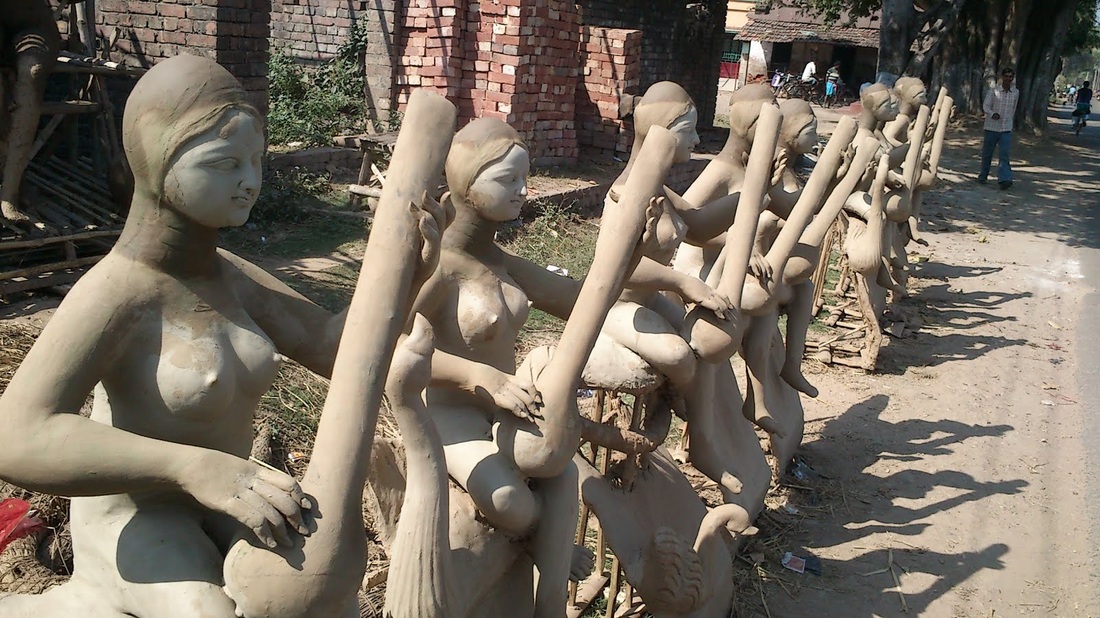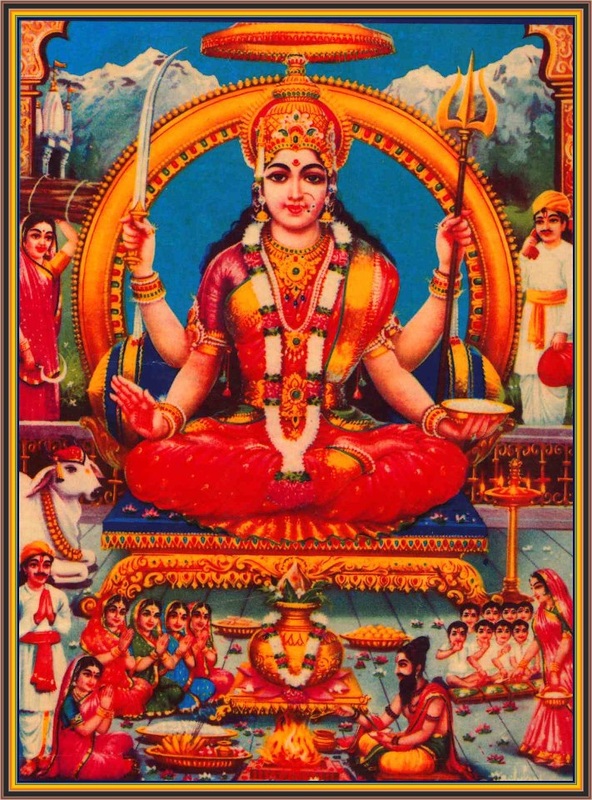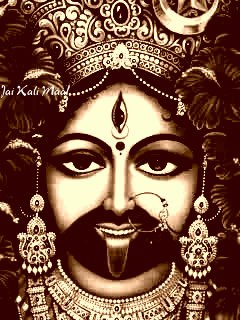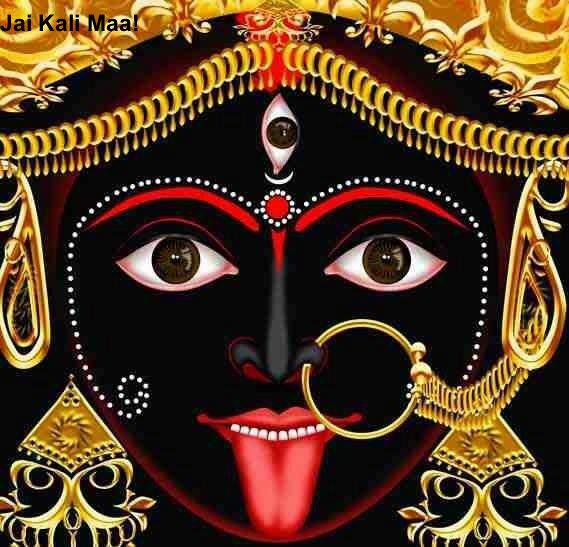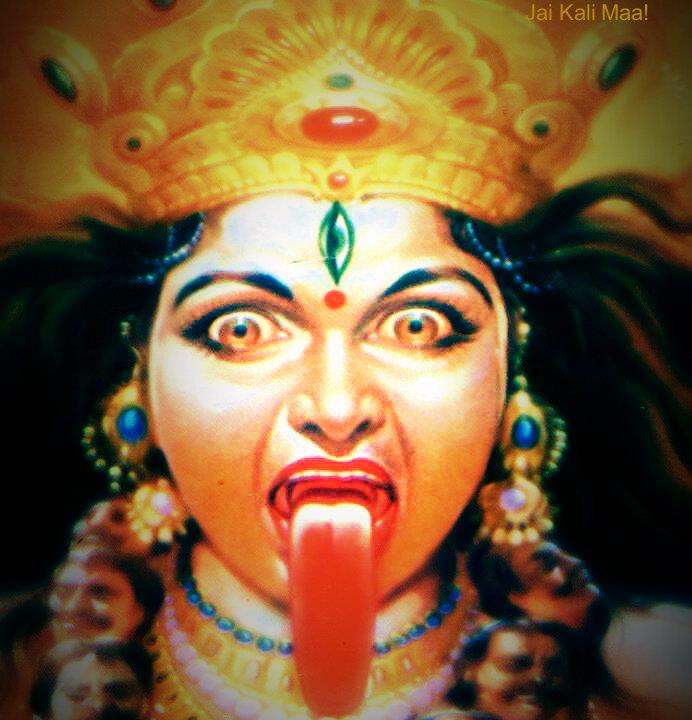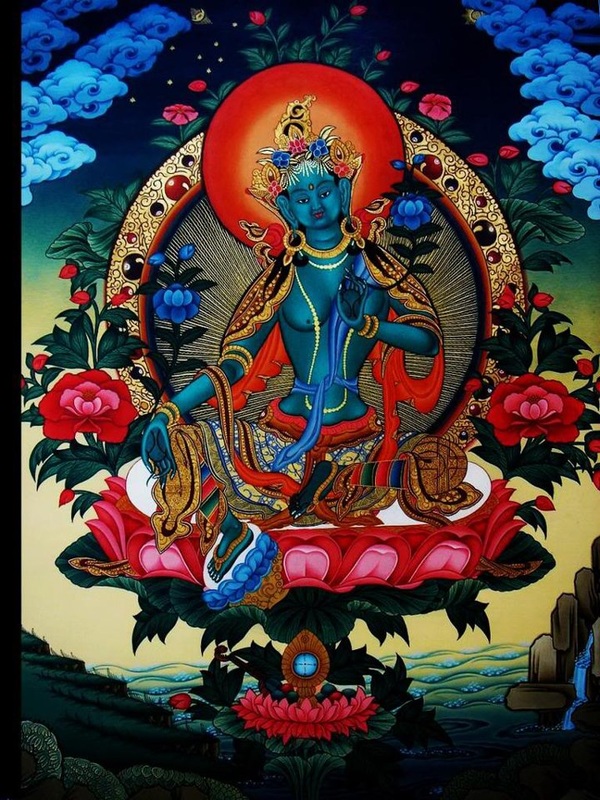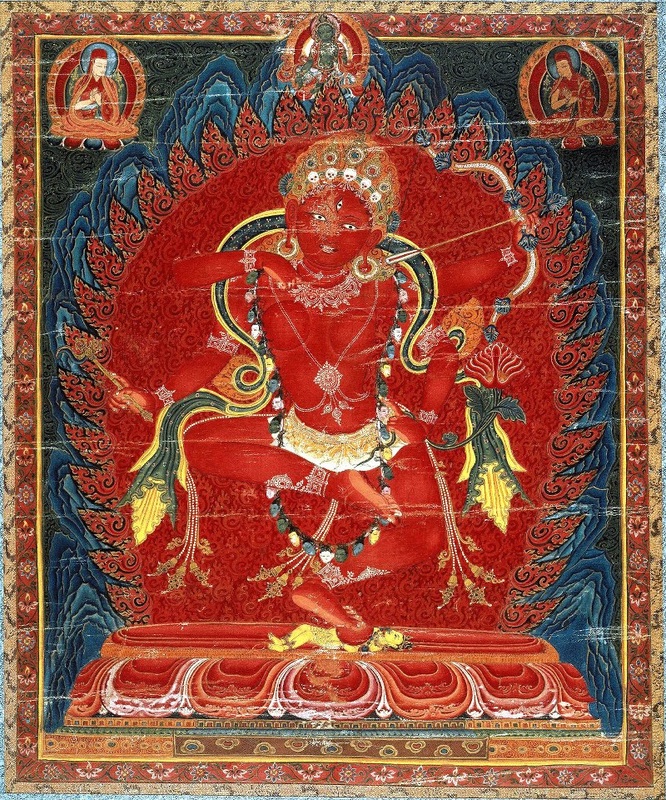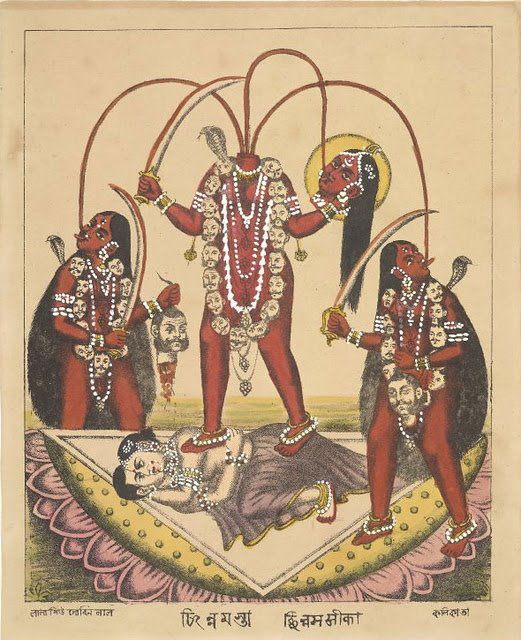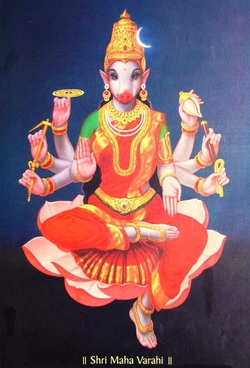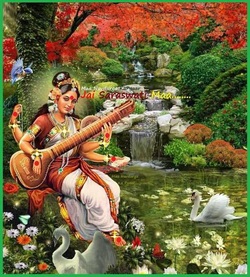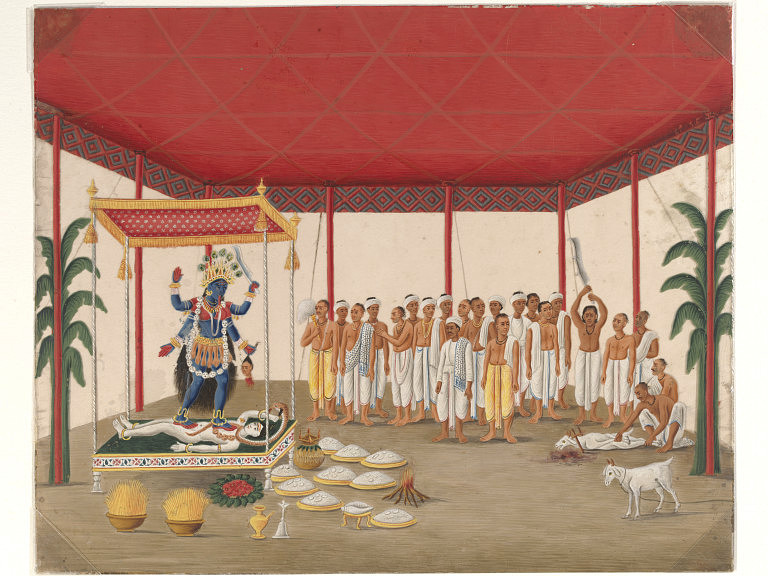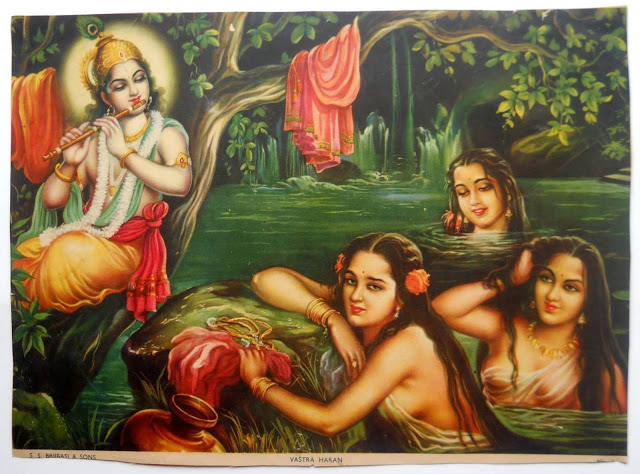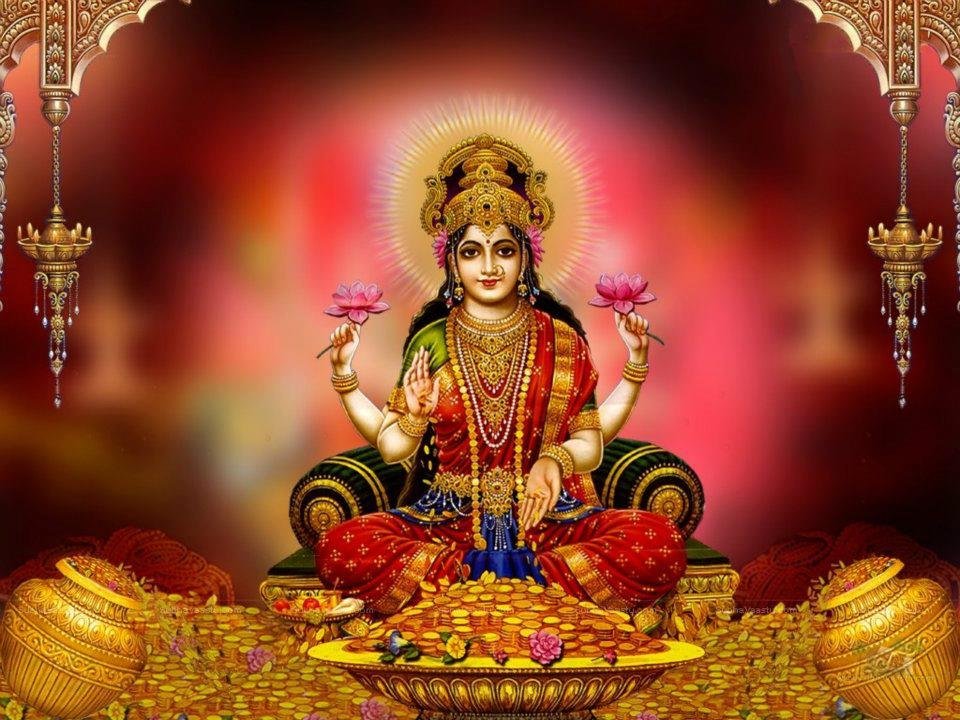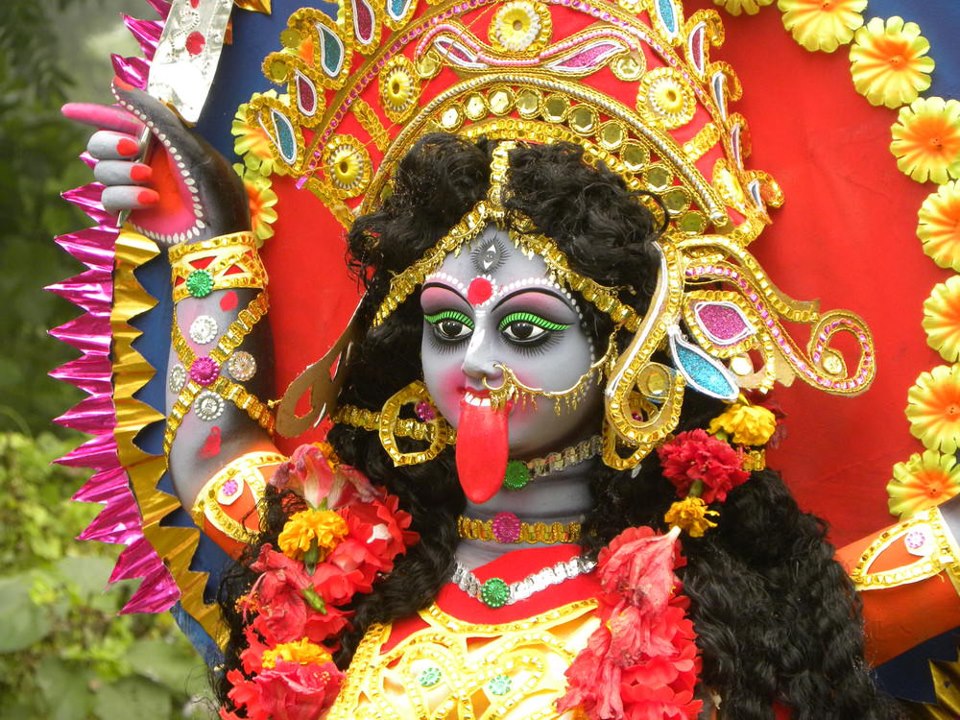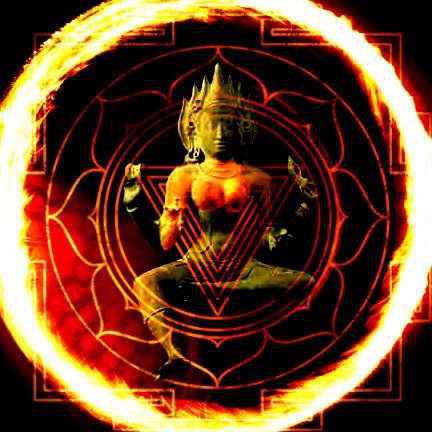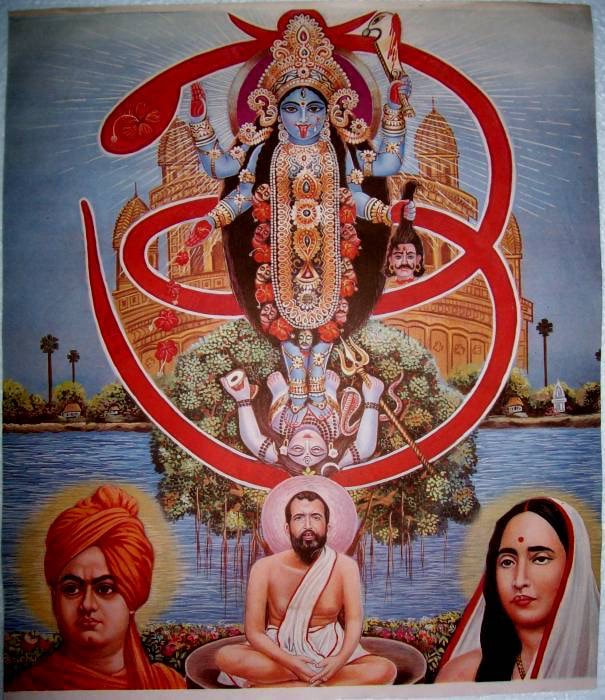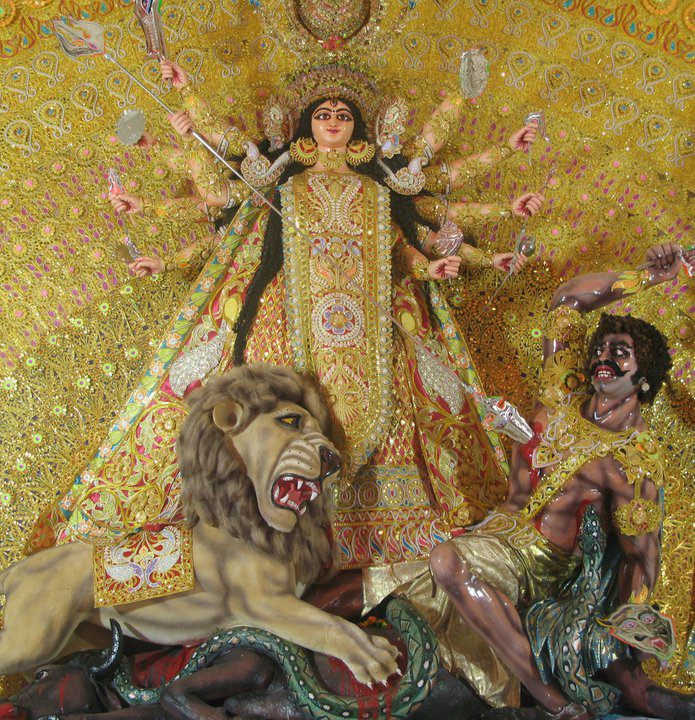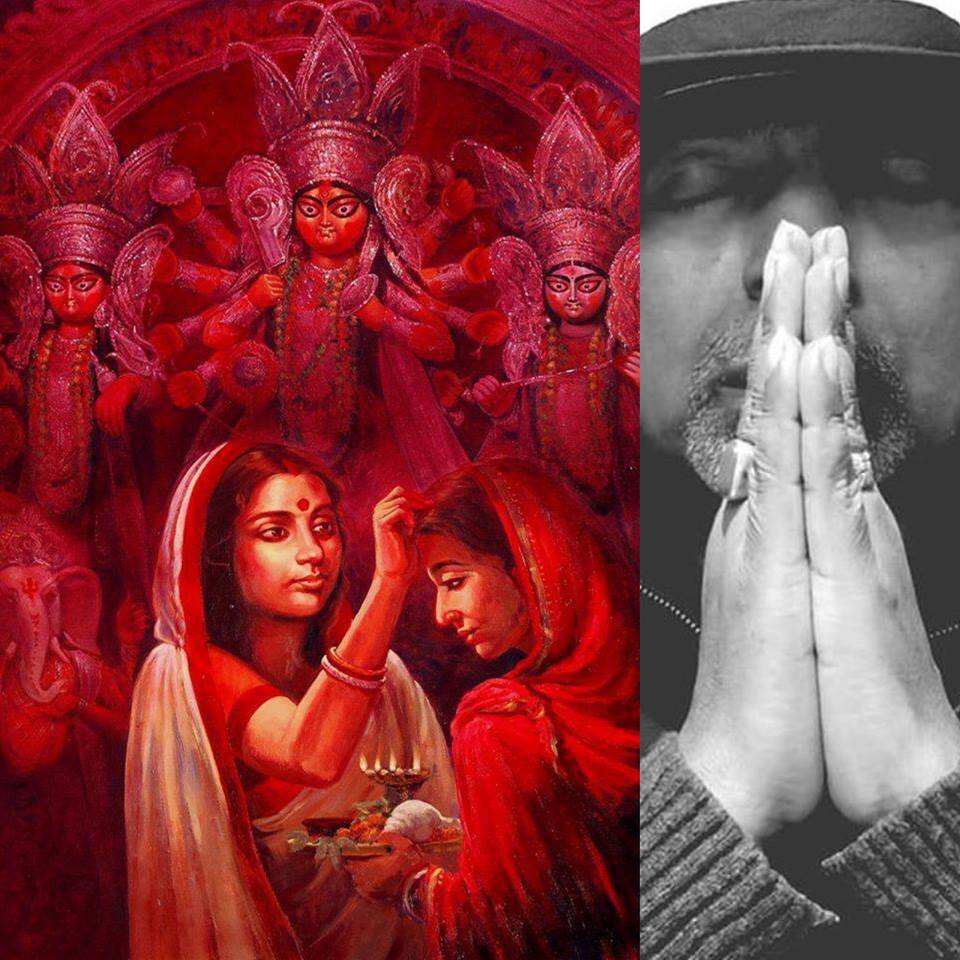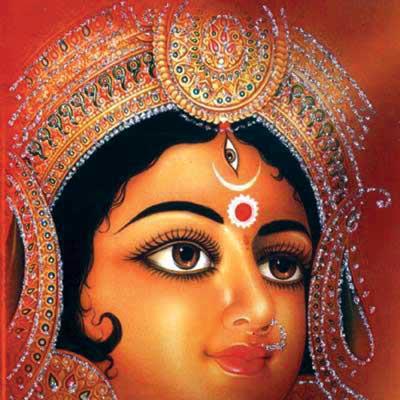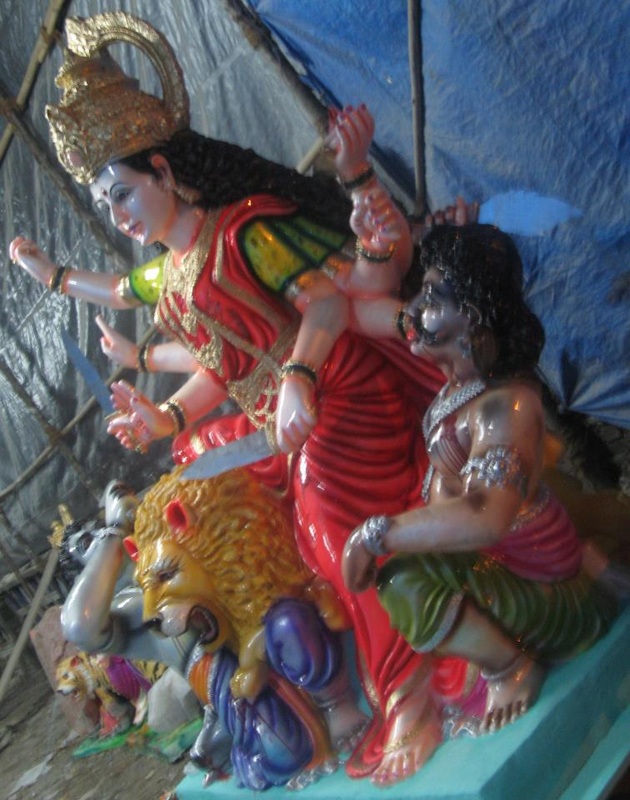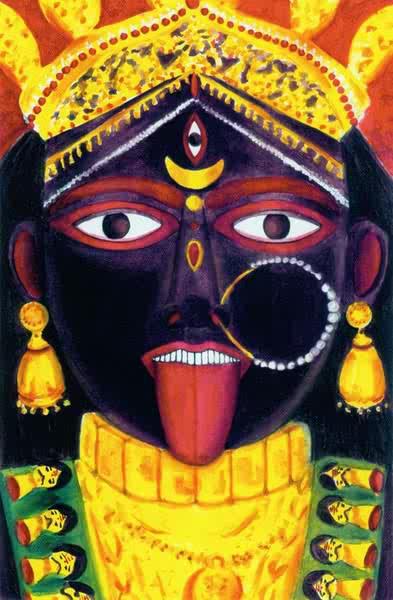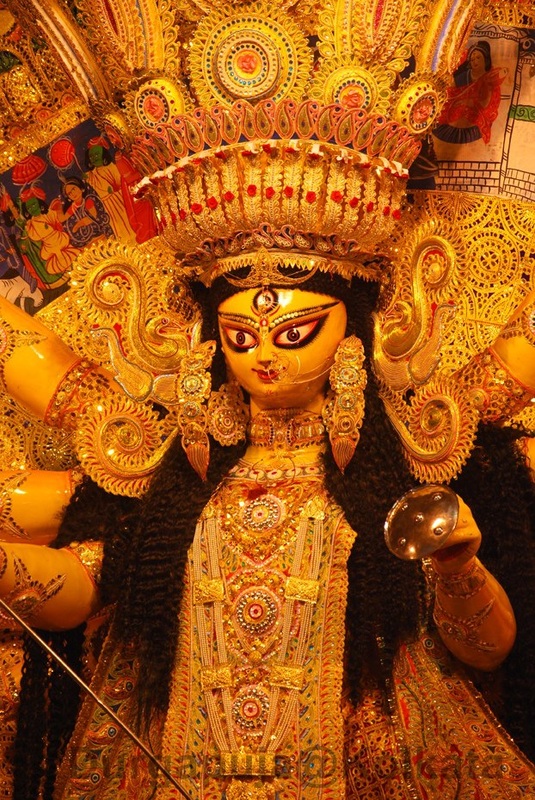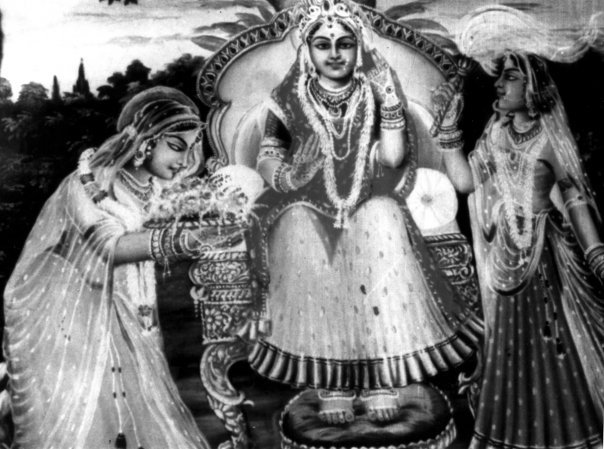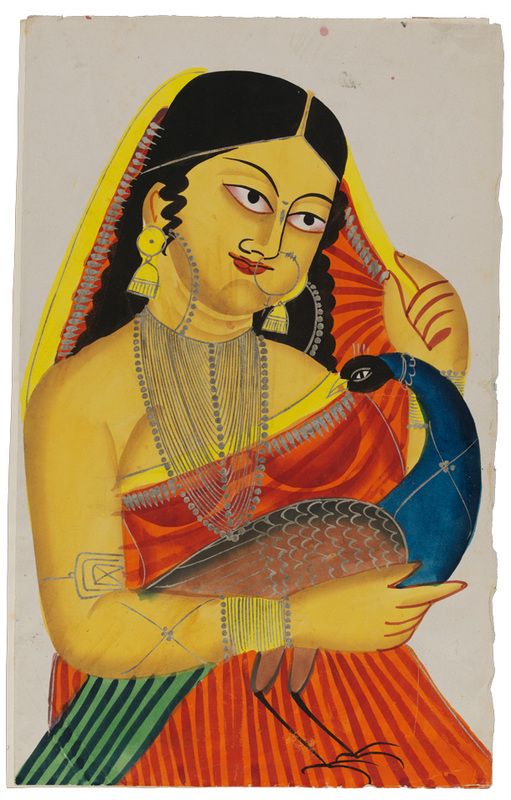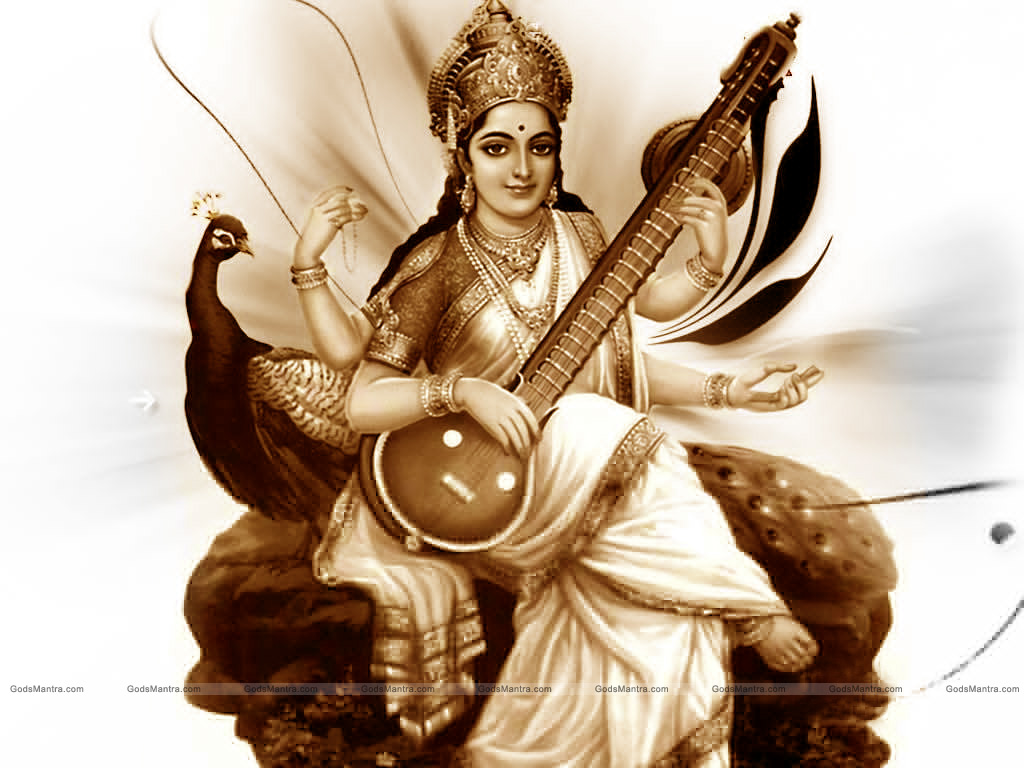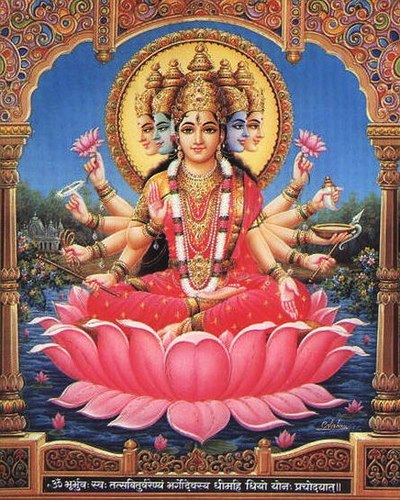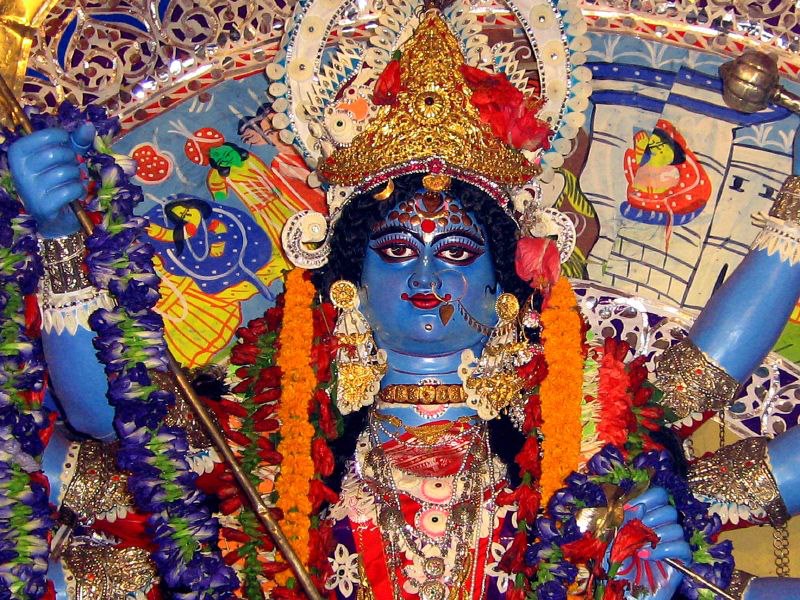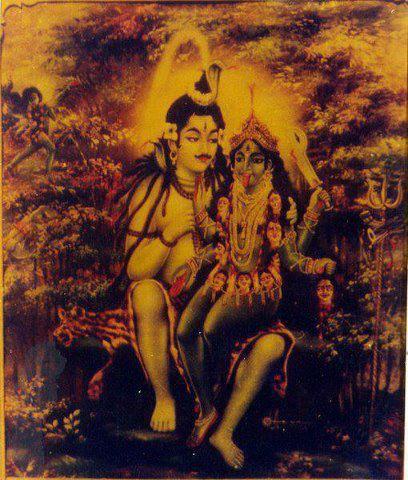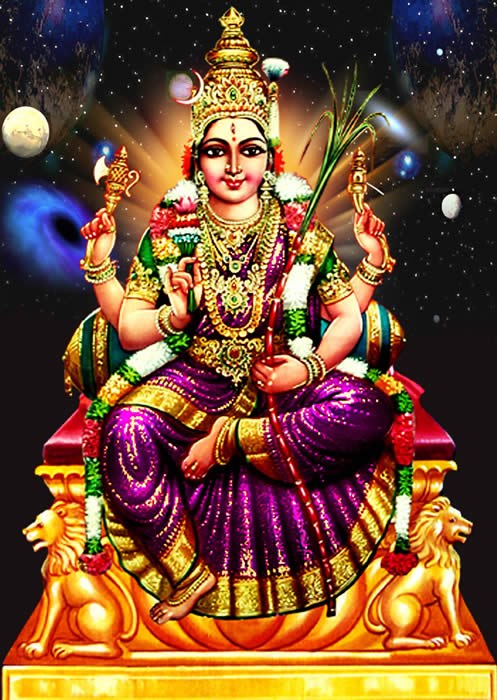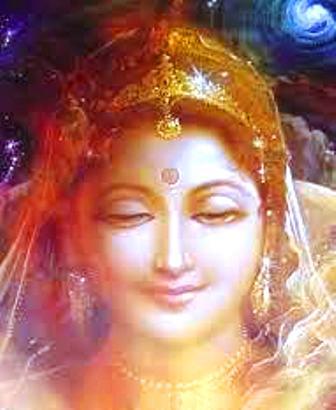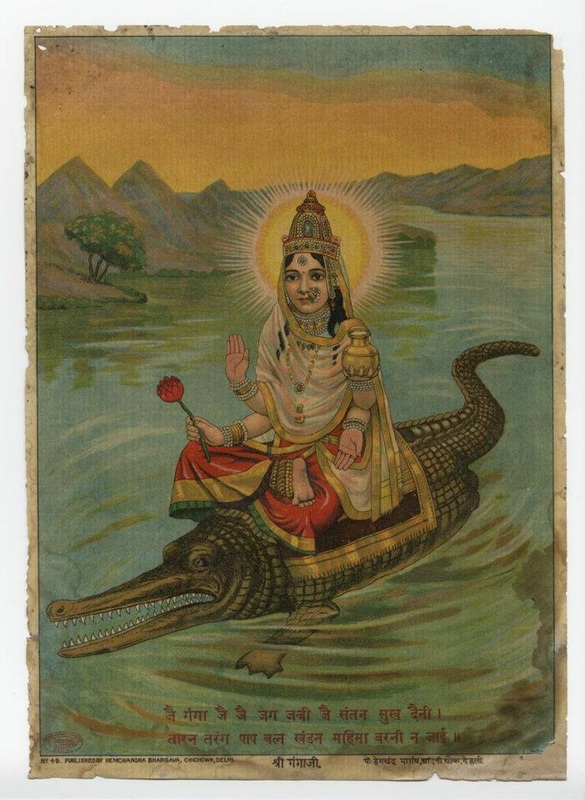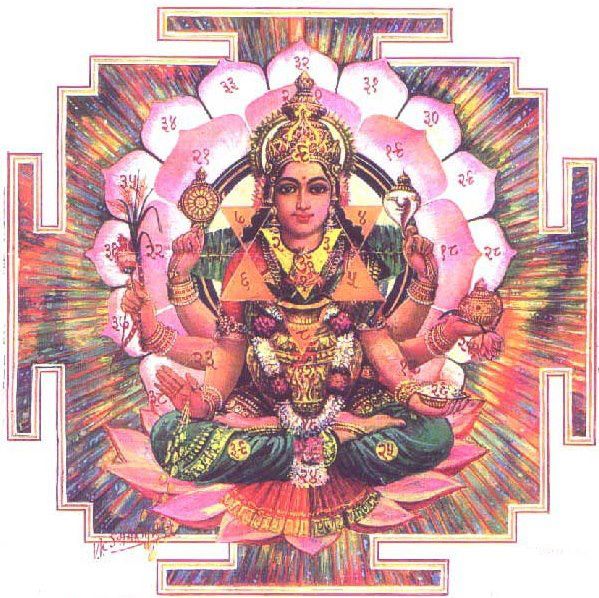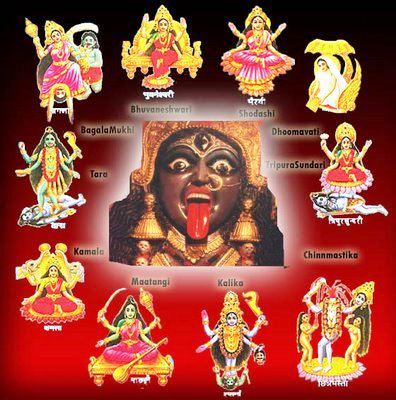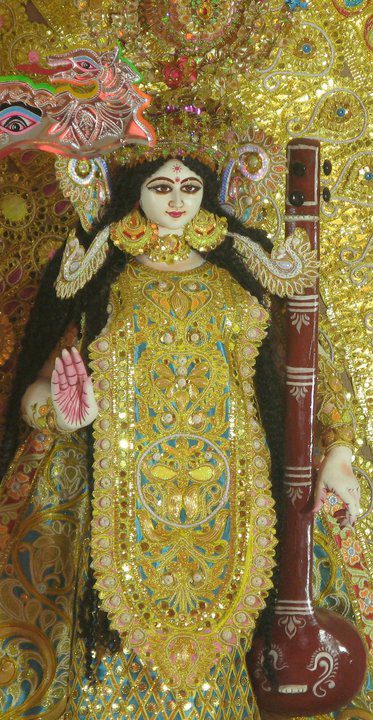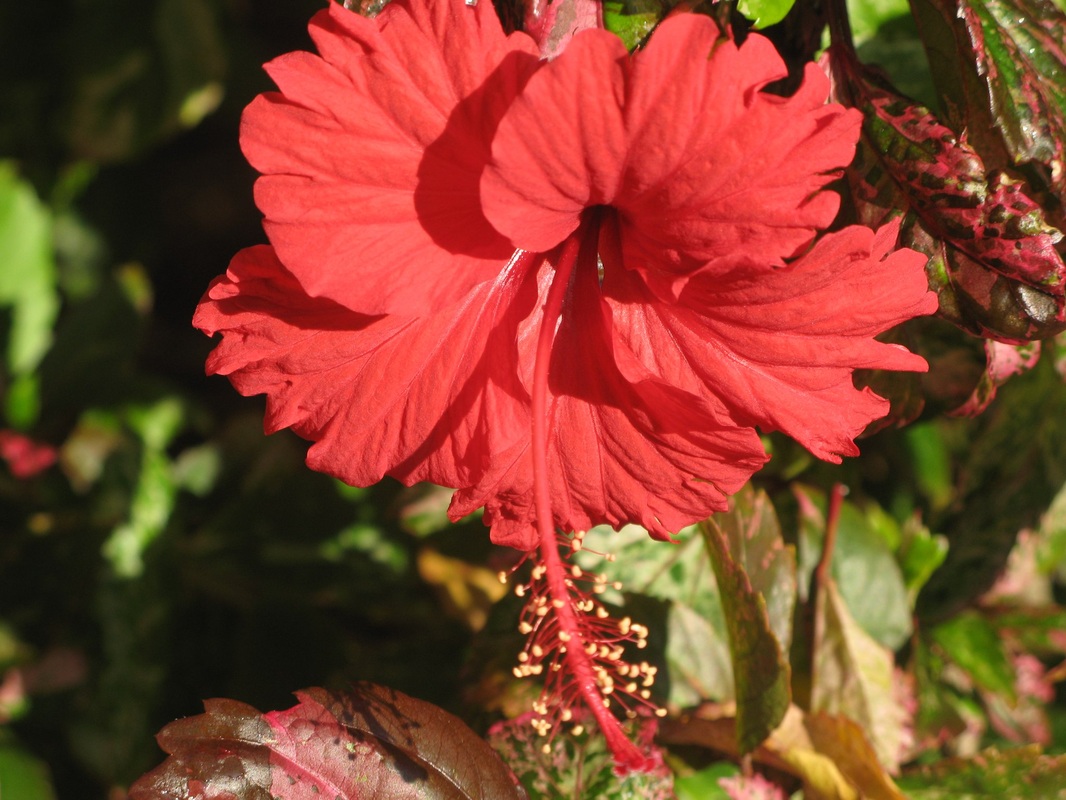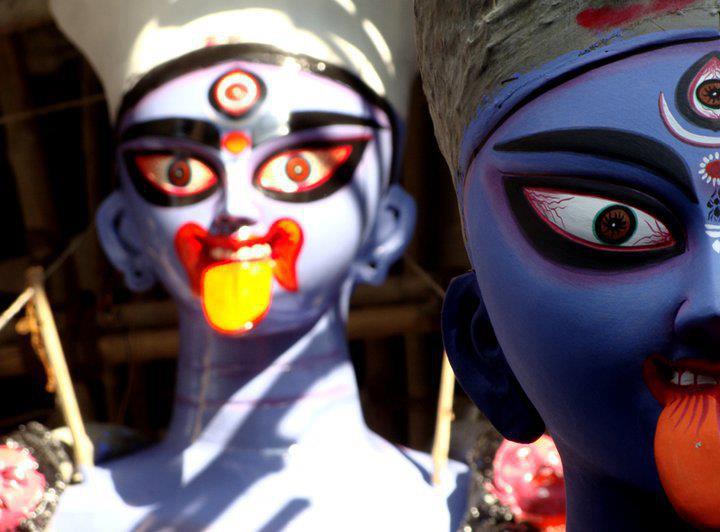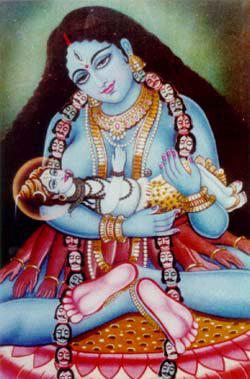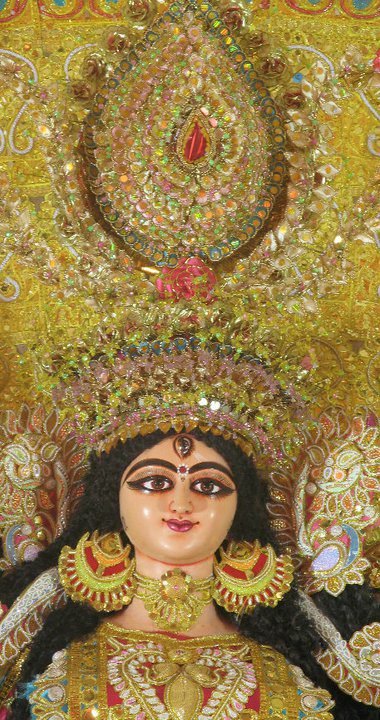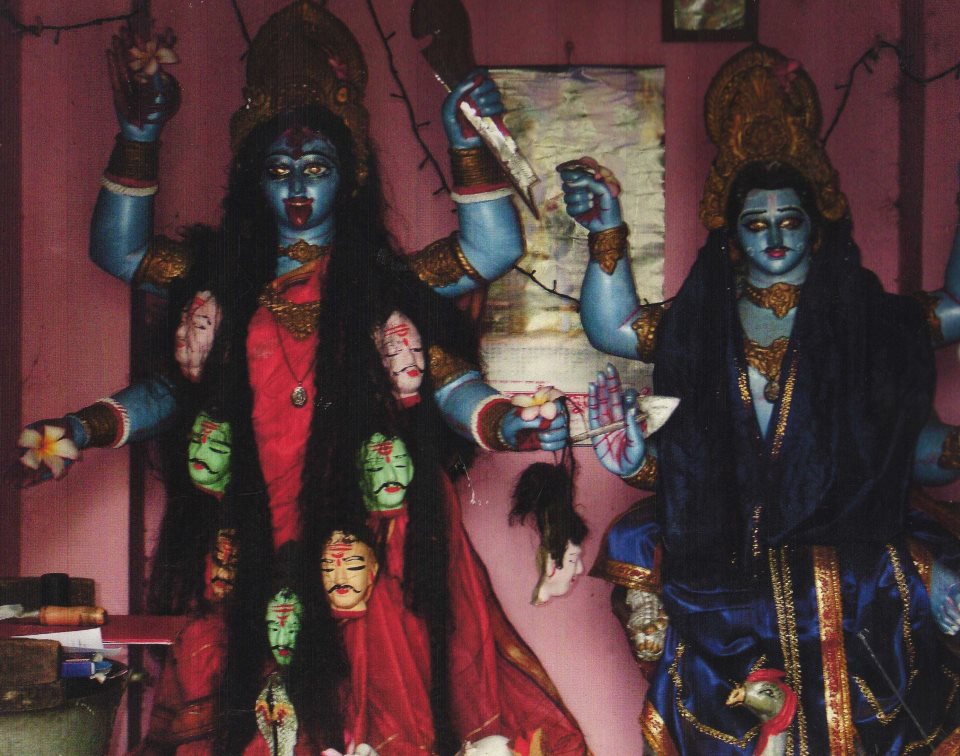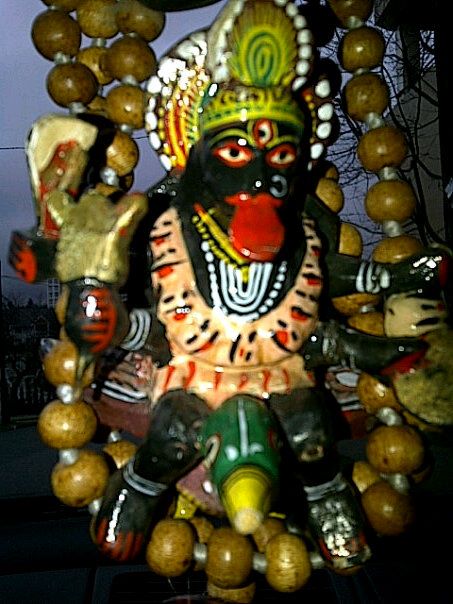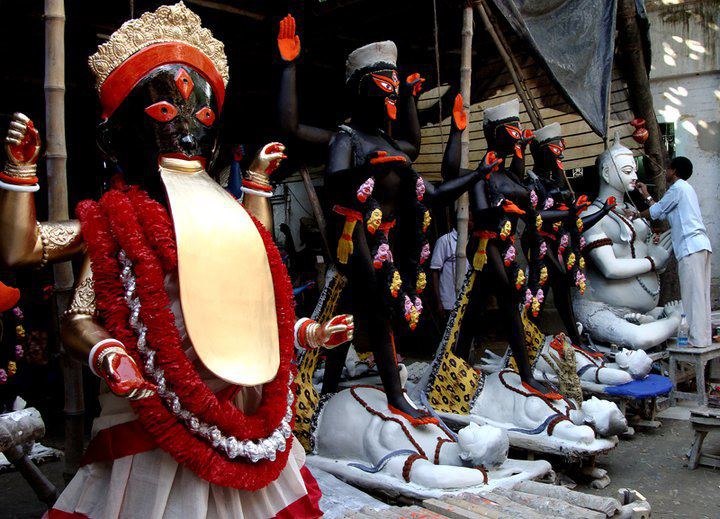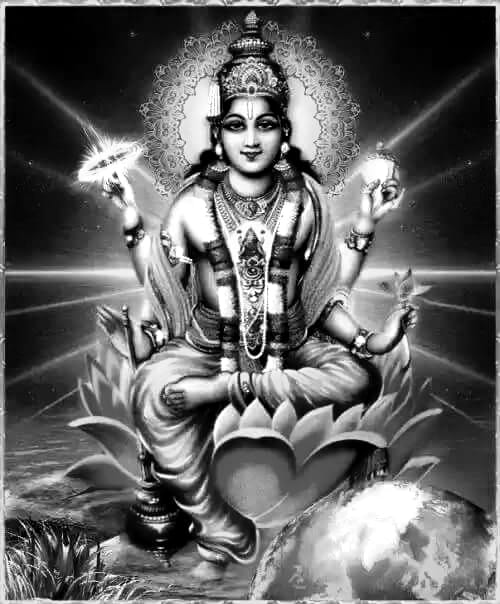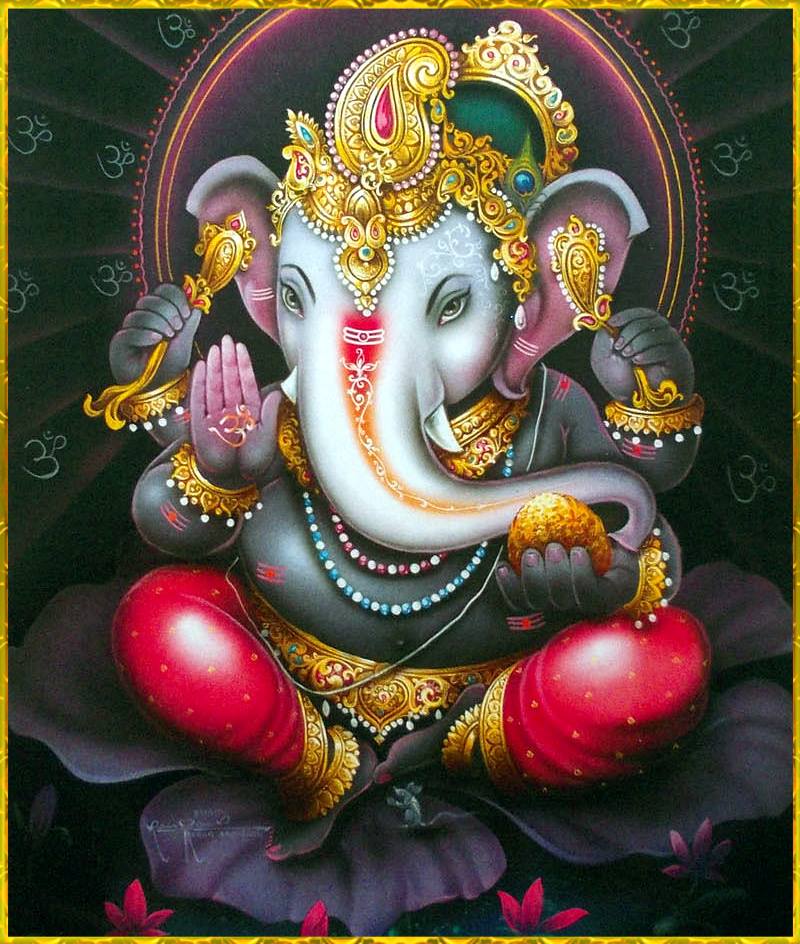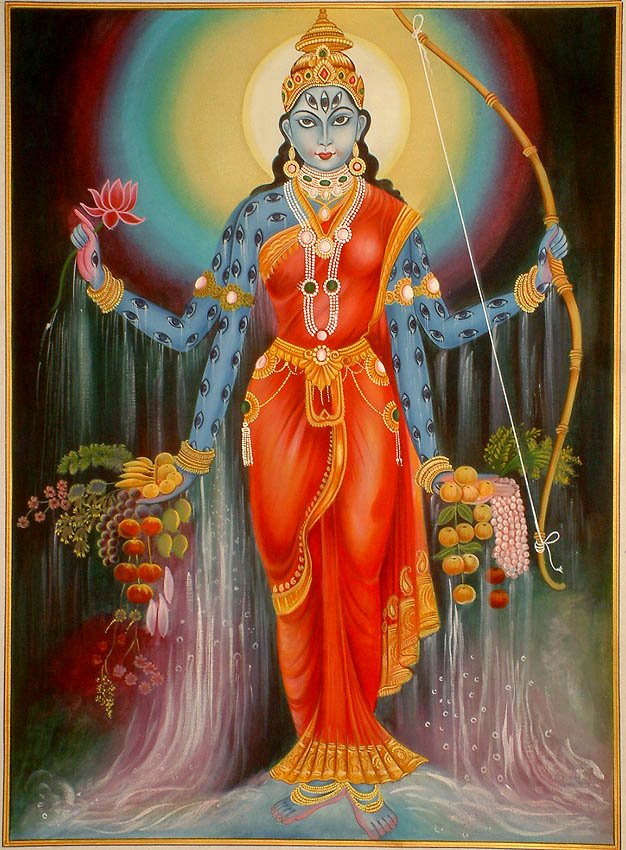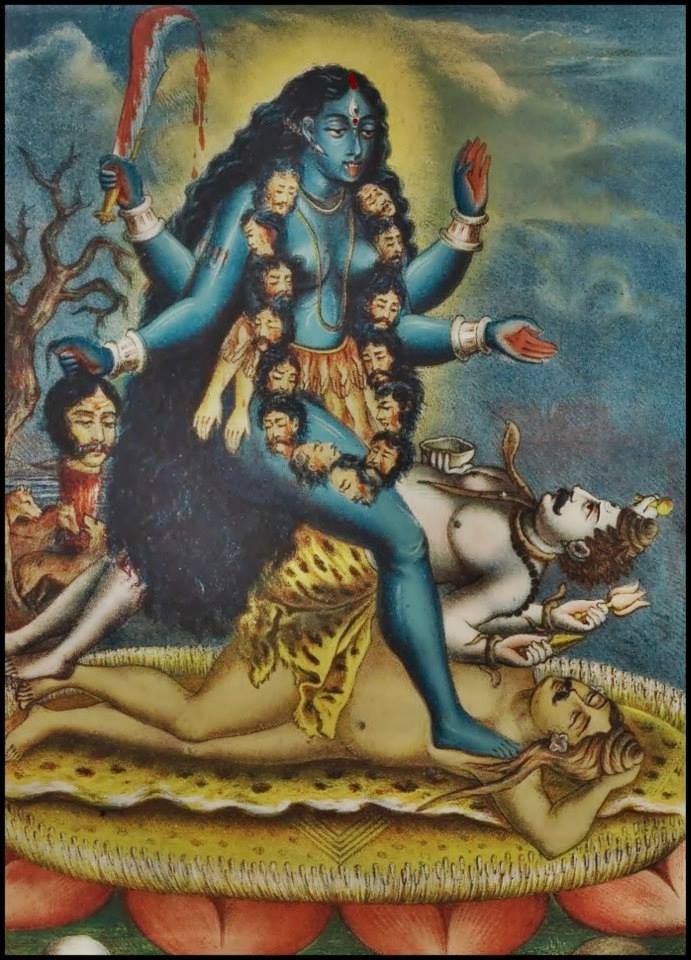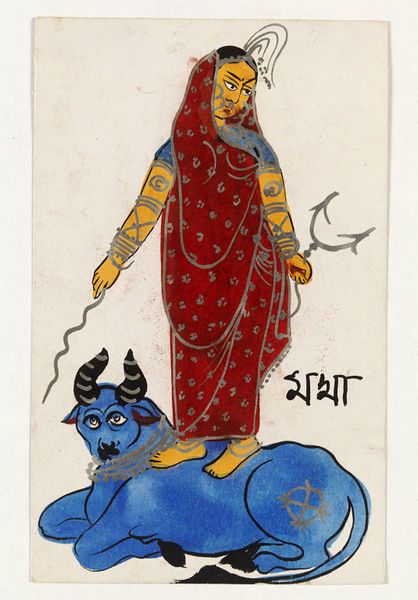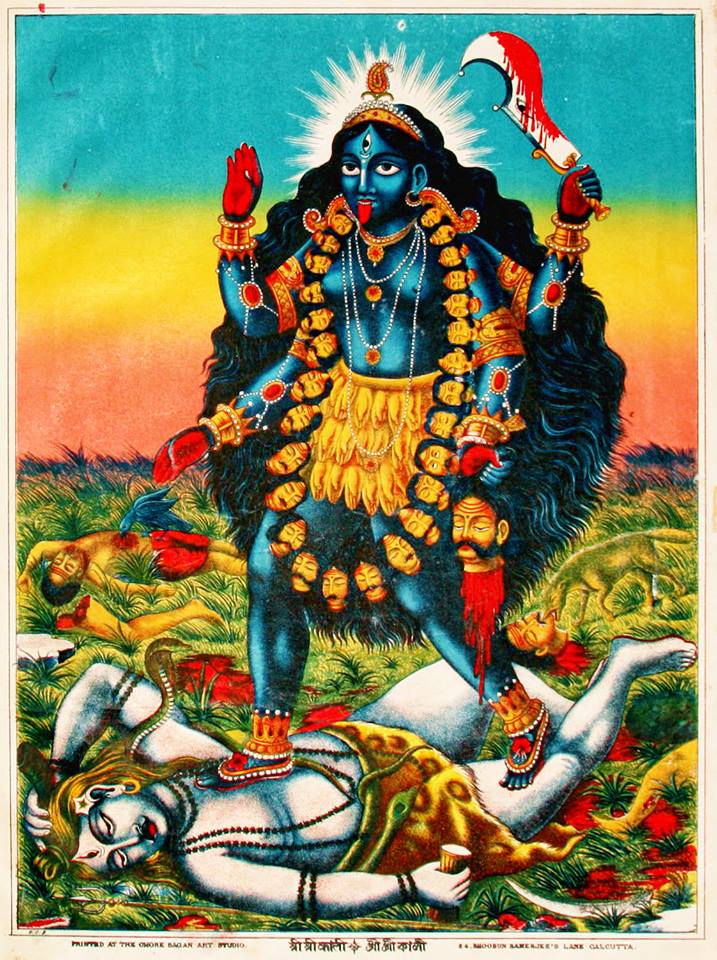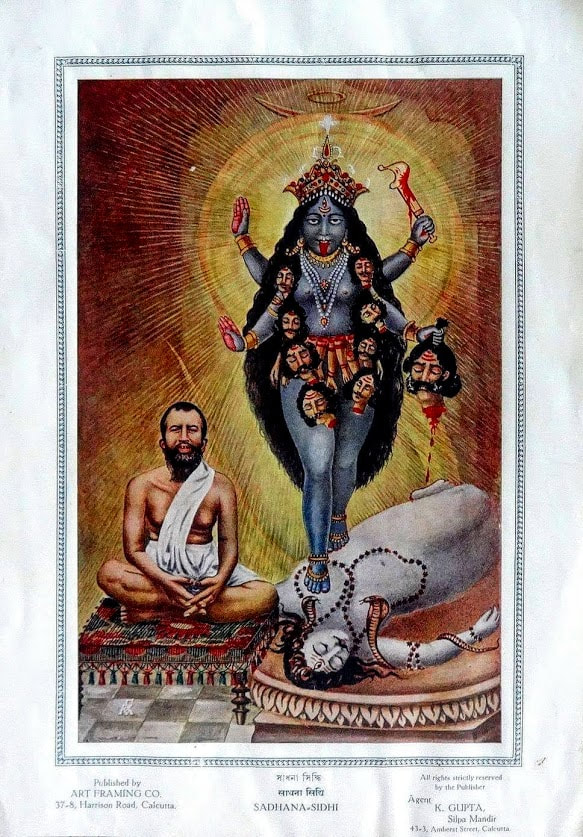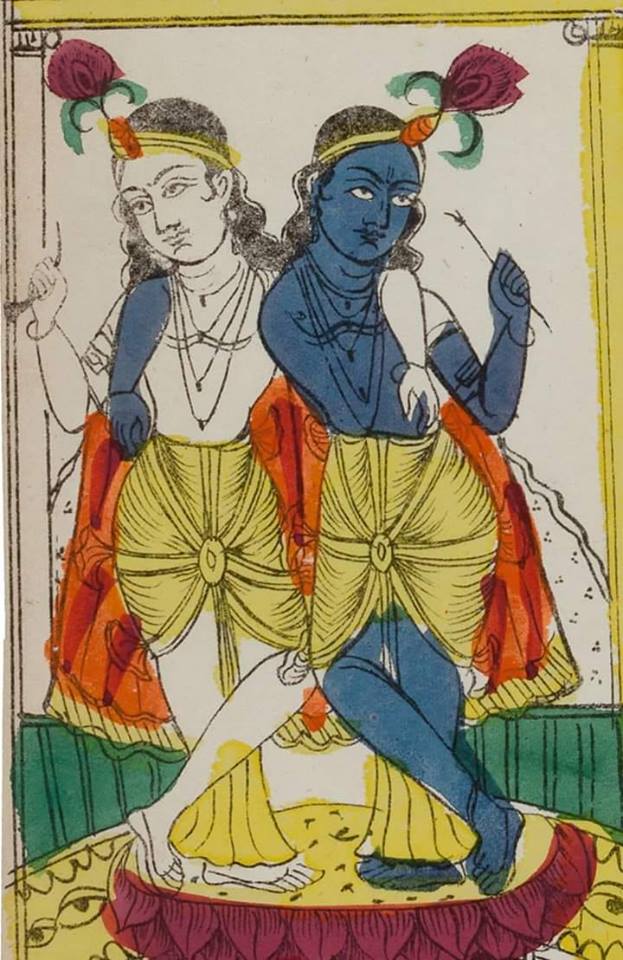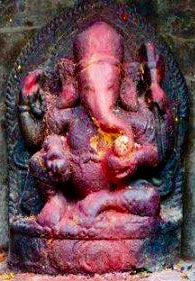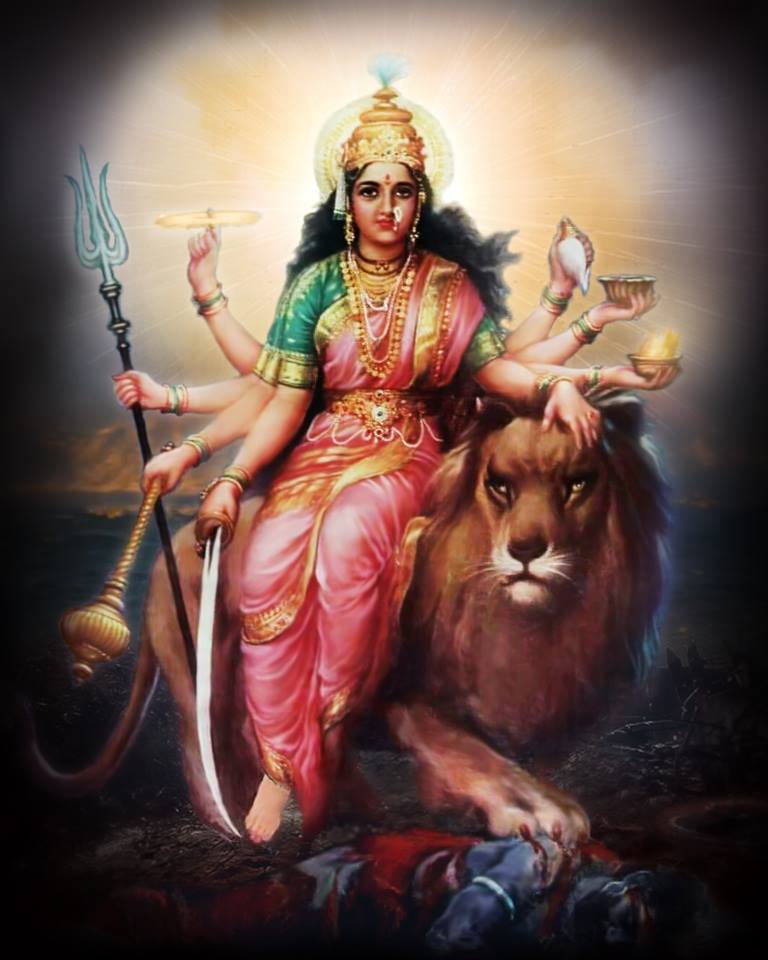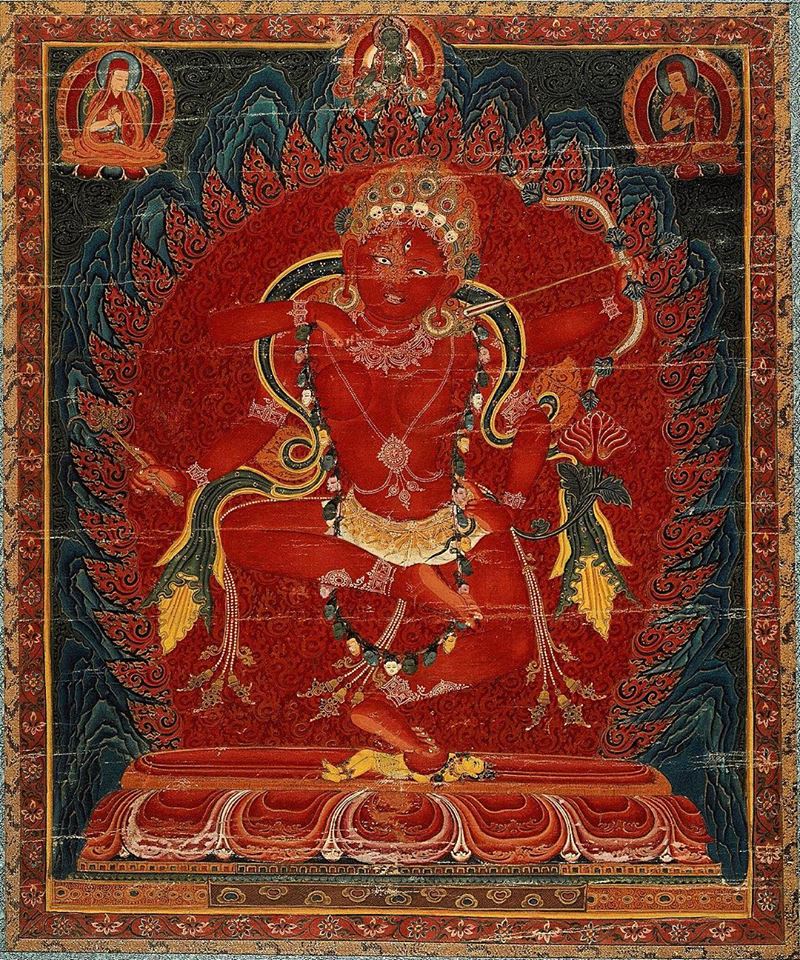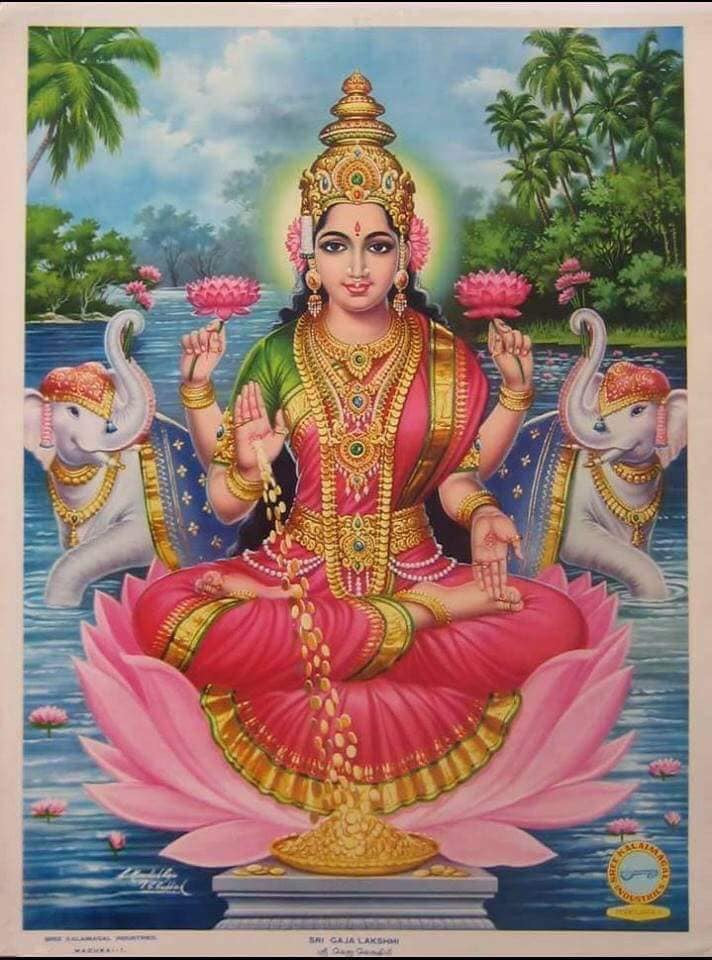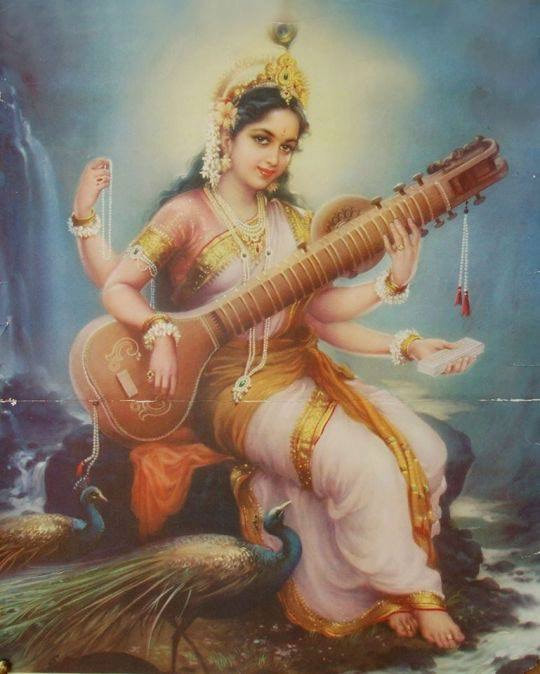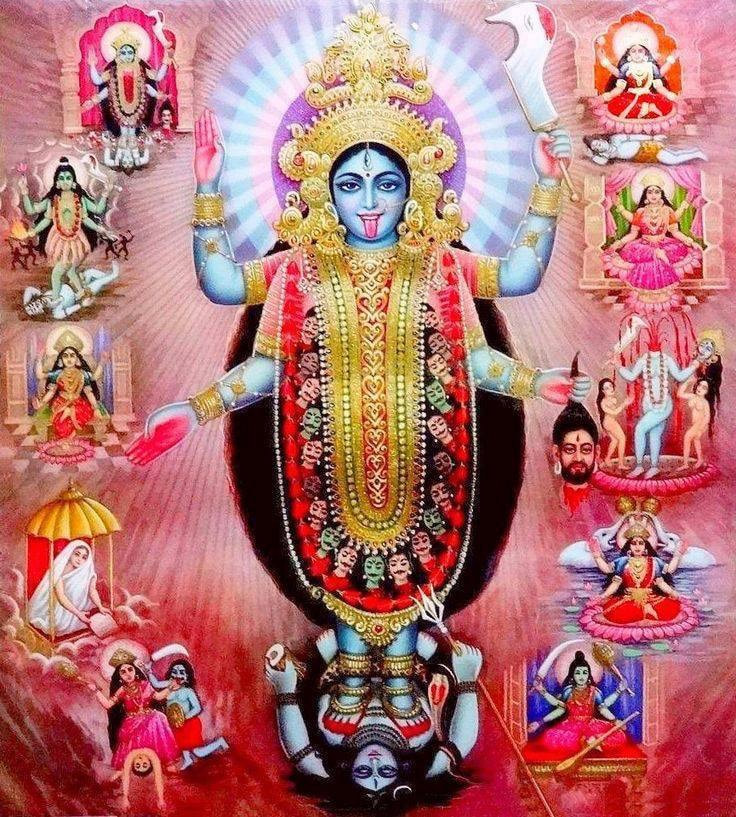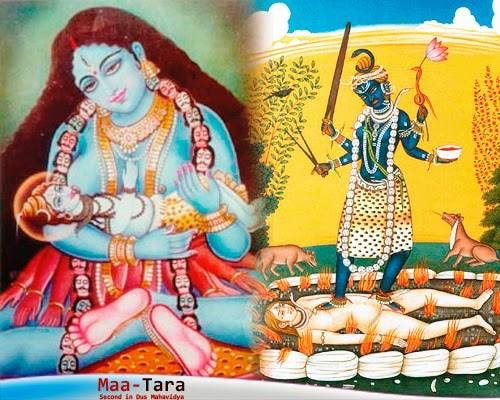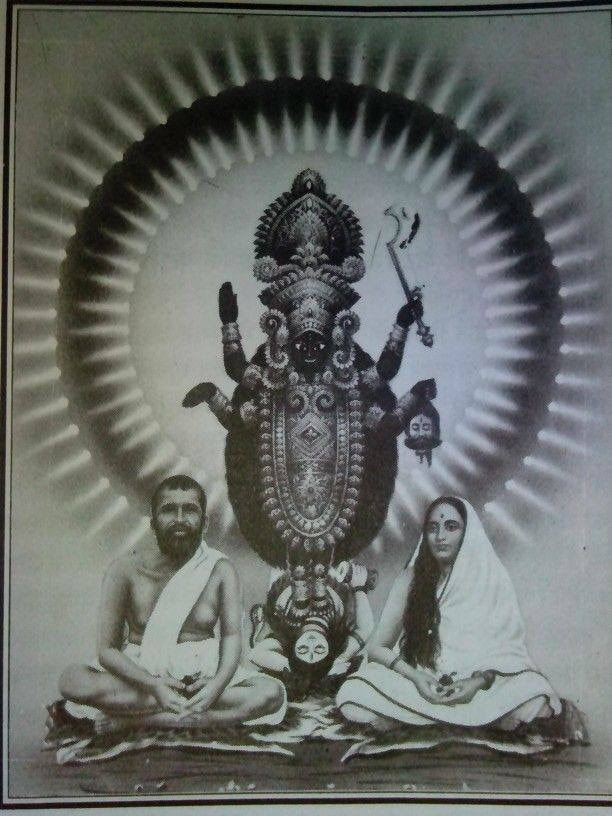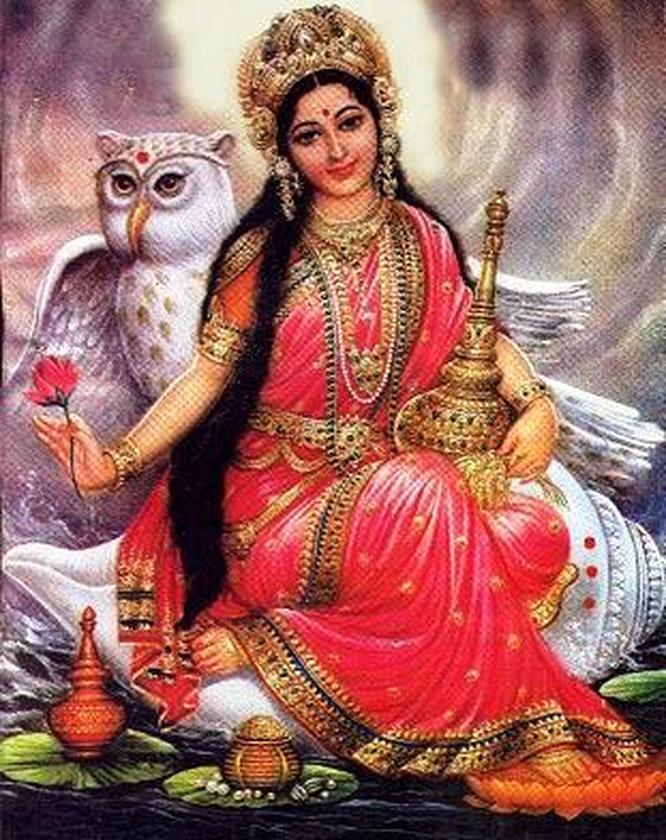
Myths represent them to represent higher states of being angels, spirits or vahanas and their nocturnal nature of the ominous hoot which allies with darkness, death and blind ignorance. Then they become dark forces of the irrational. The owl was a symbol of solitude and depicted hermits in prayers. They were ill omen in dreams. They symbolises mourning and desolation. They were also agents of magic practices. They were called ‘corpse birds’ and considered unclean. But their association with the otherworld and its mysteries, the owl was thought to be cognizant of future events and became an emblem of wisdom also.
ULUKA: Lakhmi’s vahana owl is known as Uluka. Uluka is also another name for Lord Indra, the King of the Heavens, personifying wealth, power and glory. It is also a lesser known or unlikeliest vahana for the beautiful Goddess Lakshmi. So it would look like that the Goddess of Wealth and Prosperity is riding on the King of Heaven! But Hindu symbolisms also carry spiritual message. It is a bird that sleeps during the day. Thus it is a symbol of avidya or darkness of ignorance. The daytime partial blindness is indicative of a sadhaka’s assumed blindness and tendency to seek secular instead of spiritual wealth. Symbolically, Goddess Lakshmi thus seeks one to open the eyes to the light of wisdom residing within us. She prompts you to have the blessings of Goddess Saraswathi, Goddess of Knowledge, Wisdom and Speech.
Men are not all wakeful to the same thing. When the owl is compared to the sthitha prajna, the enlightened person described in Gita 2.69, the symbol means that Lakshmi is the mistress of spiritual wisdom. The disciplined yogi is awake at night. Lord Krishna states “That which is night to all beings, in that the disciplined man wakes; that in which all being wake, is night to the Atman-cognizing Muni.”
Goddess Lakshmi emerged with her other half, Goddess Alakshmi. Their differential characteristics are explained by Lakshmi being born from the brighter part of Brahma’s face and Alakshmi from the dark side of his back. Thus uluka sitting at Lakshmi’s feet, also symbolizes Alakshmi, the Goddess of Strife and her inauspicious nature. There are some writings to say that Lakshmi’s owl is known as Pechaka, the name mentioned in Lakshmi pujas, especially in Bengal. Pechaka also preys over tinier pests that cause damage to agricultural wealth.
Picture depictions, sculptures and arts show the owl sitting at Goddess Lakshmi’s feet or around the goddess in a benevolent form. It is shown as a pure and innocent bird. In the Tamil vernacular, the word ‘Aanthai’ refers to the positive aspect of an owl, whereas “kottan” refers to the negative characteristics. Sometimes these words are used correlatively and the differentiating aspects left to the domain of poets. ‘Aanthai pol jnanam’ means as wise as an owl; ‘kottan kuvuthal’ is indicative of owl screech to announce death.
Lakshmi’s owl symbolizes patience, intelligence and wisdom. It has the ability to foretell events. Uluka becomes Lakshmi’s vahana when she blesses with wealth and prosperity. The owl asks of Lakshmi’s devotees not to be trapped by wealth and its splendour. It then becomes a symbol of universal wisdom that warns about arrogance and indiscipline. When Lakshmi’s wealth is used by humans for adharmic activities, then one is said to be blinded. Then the Uluka is but a bird of ill omen flying Goddess Alakshmi around to your door-step, representing darkness, disgrace, inauspiciousness and misfortune. It then is Alakshmi’s vahana, representing ignorance, arrogance and the coming of misfortune.
Notwithstanding, the owl also calls for some respect as that is equivalent to respecting the Goddess of Strife as without due attention, she can also create complete havoc and destruction. It would therefore seem, while the owl is the bird of wisdom, it is the negative aspects of the owl that follows Alakshmi. We would not want the vahana sending the wrong message to the principle deity!
Om Namo Narayana.
(Draft: Owls - Birds in the Hindu way of life) Yogi Ananda Saraswathi
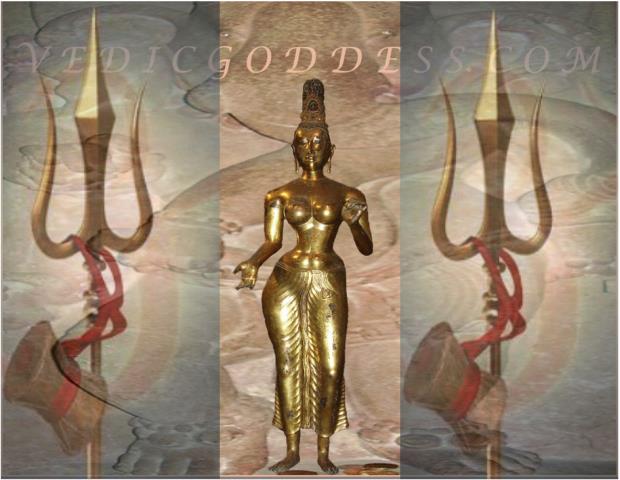
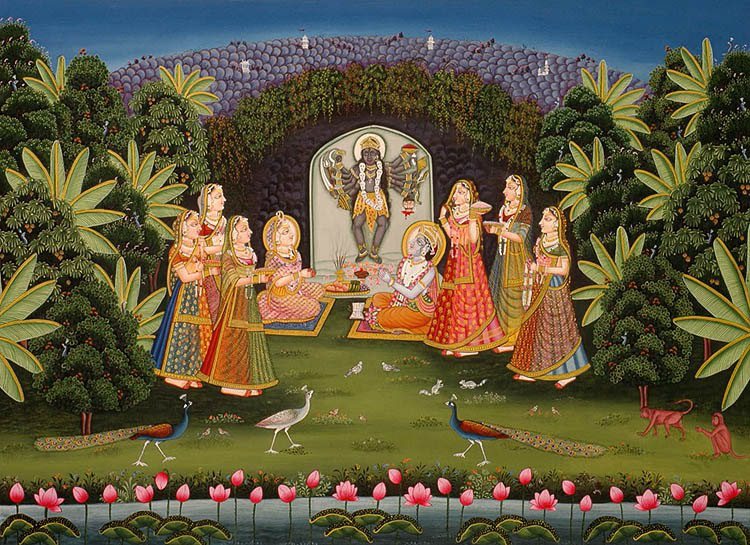
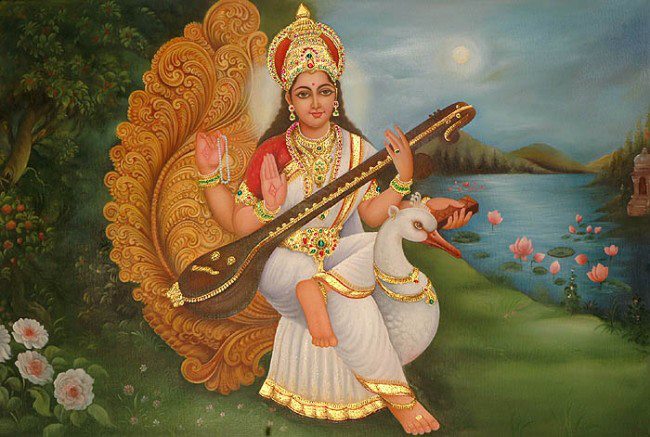
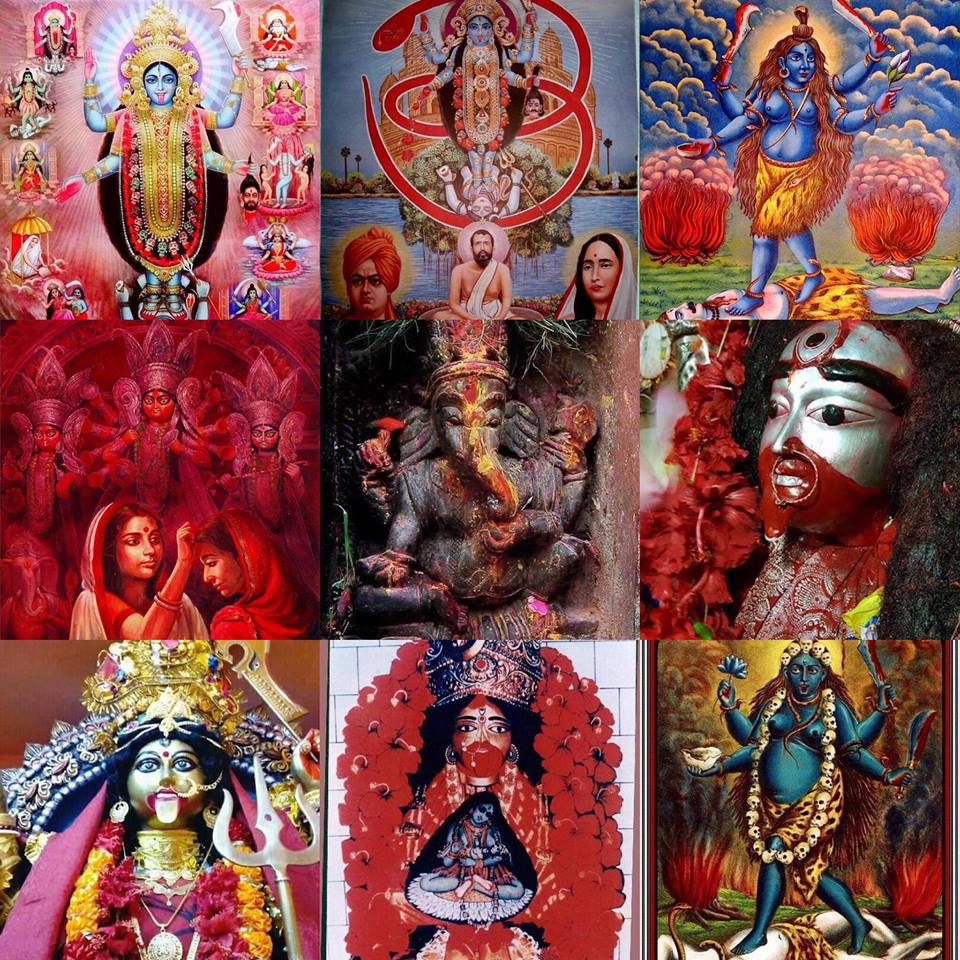
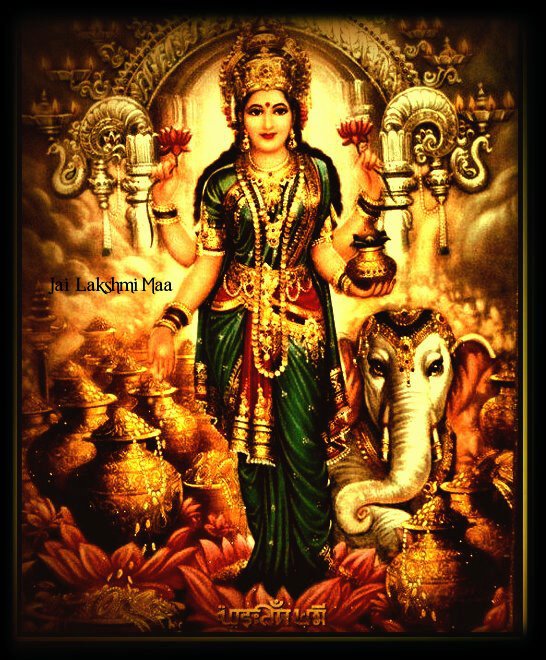
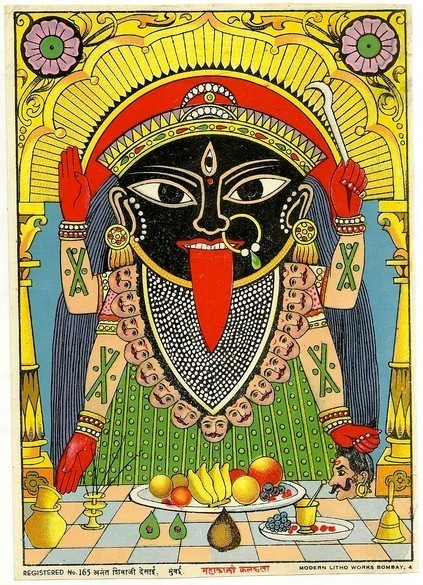
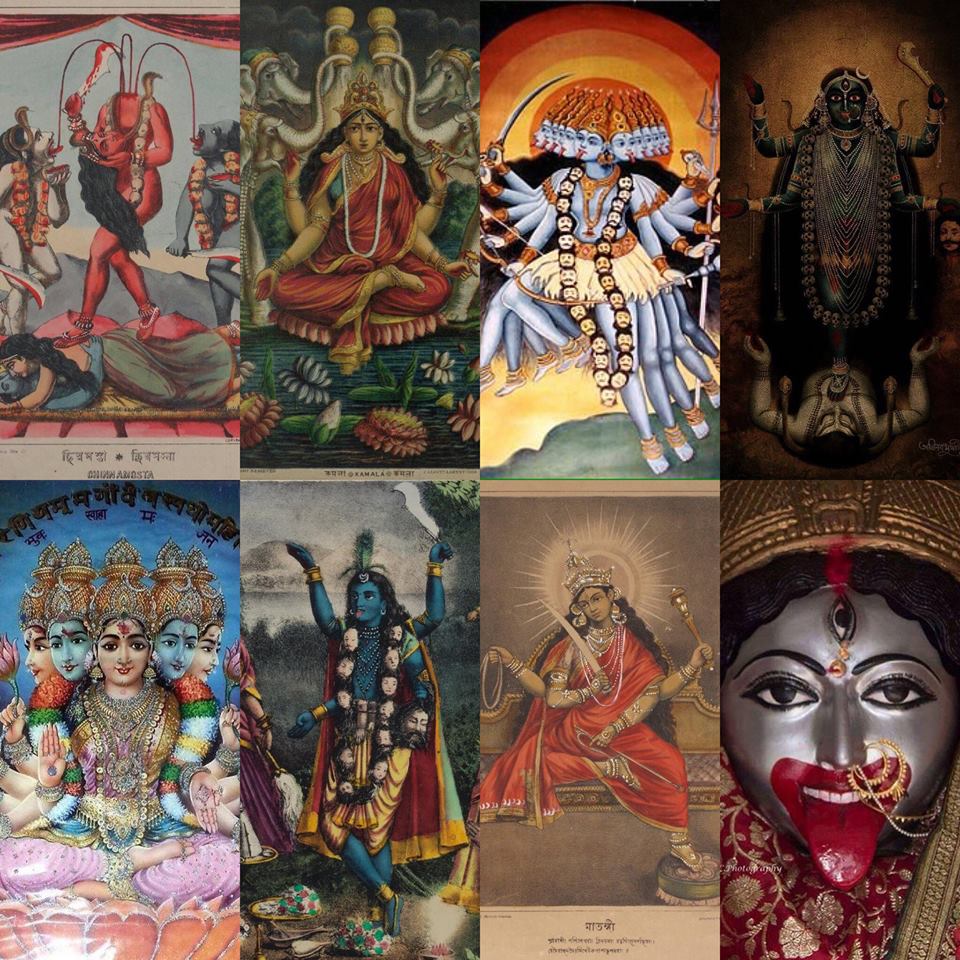
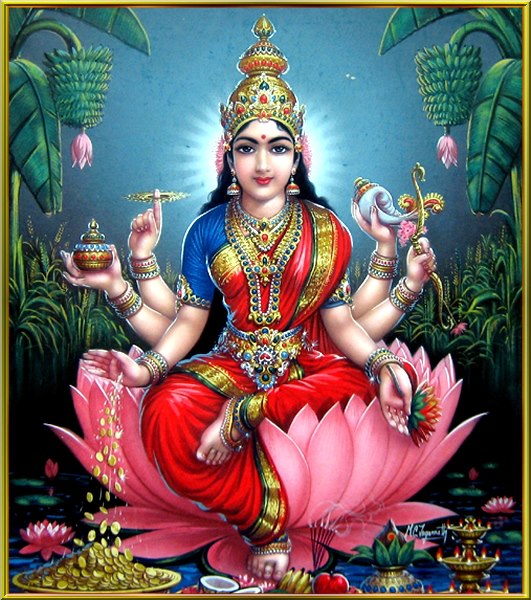
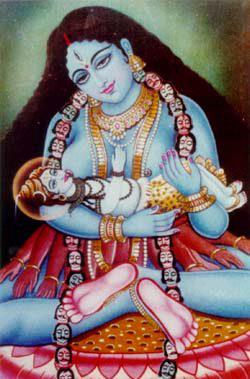
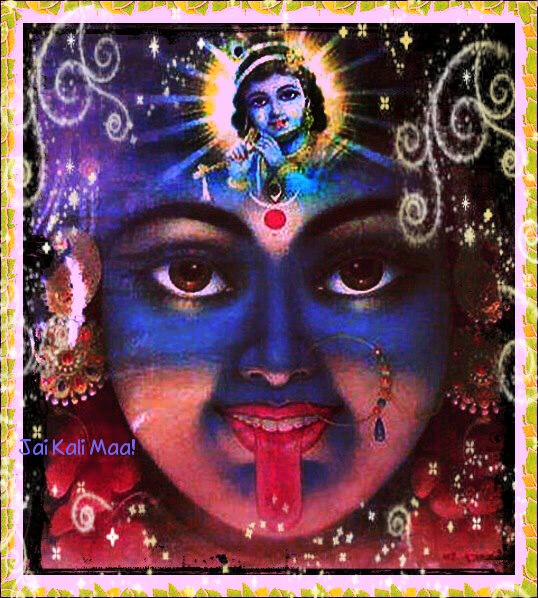
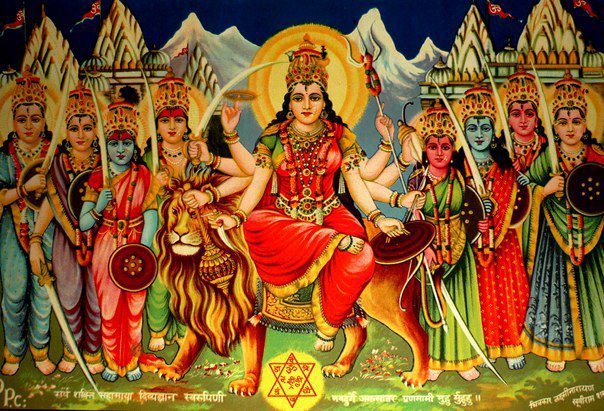
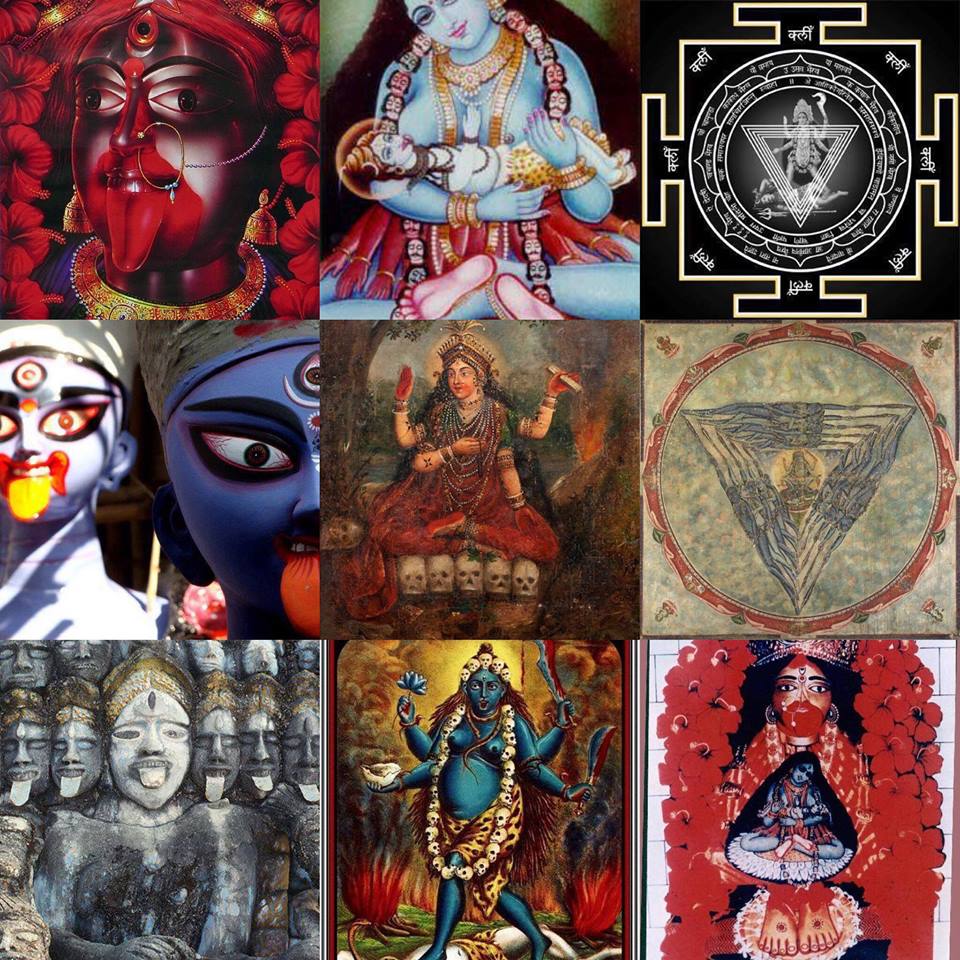
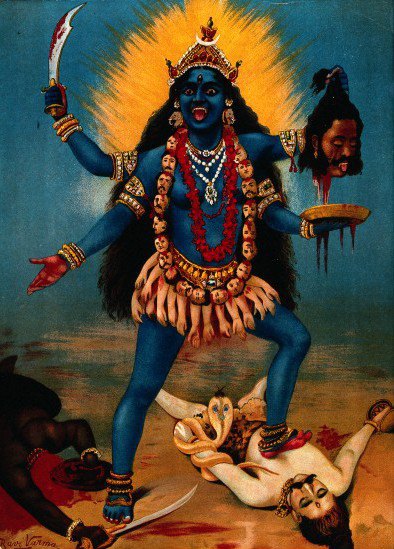
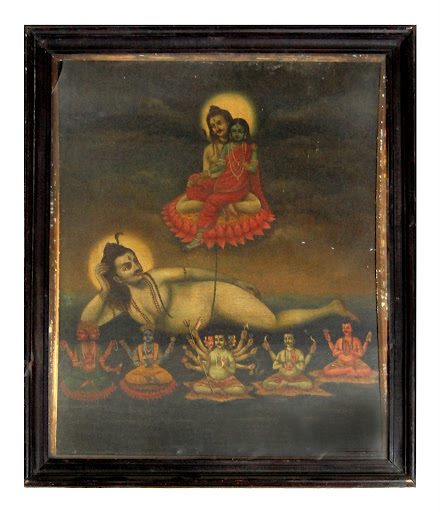
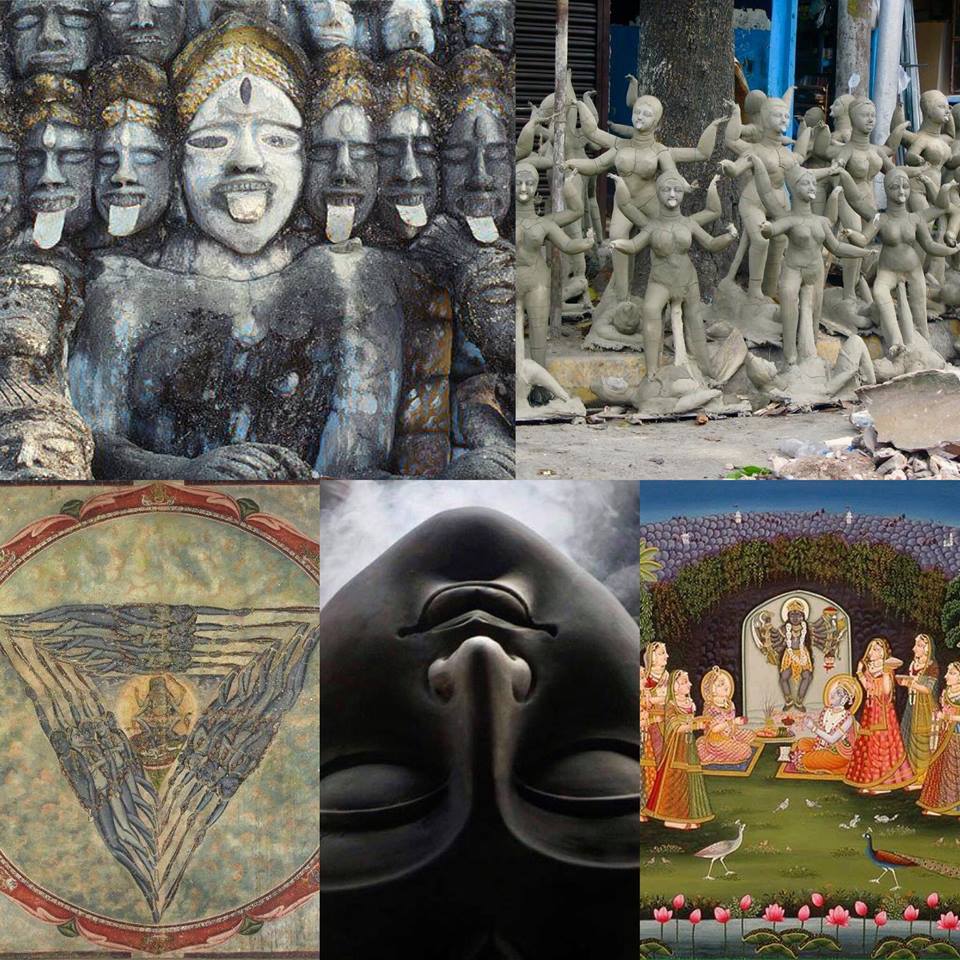
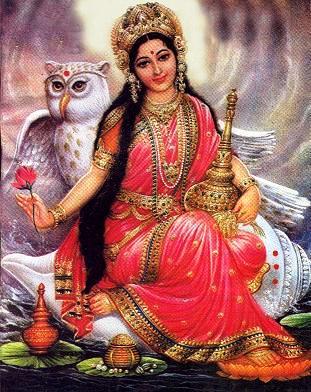
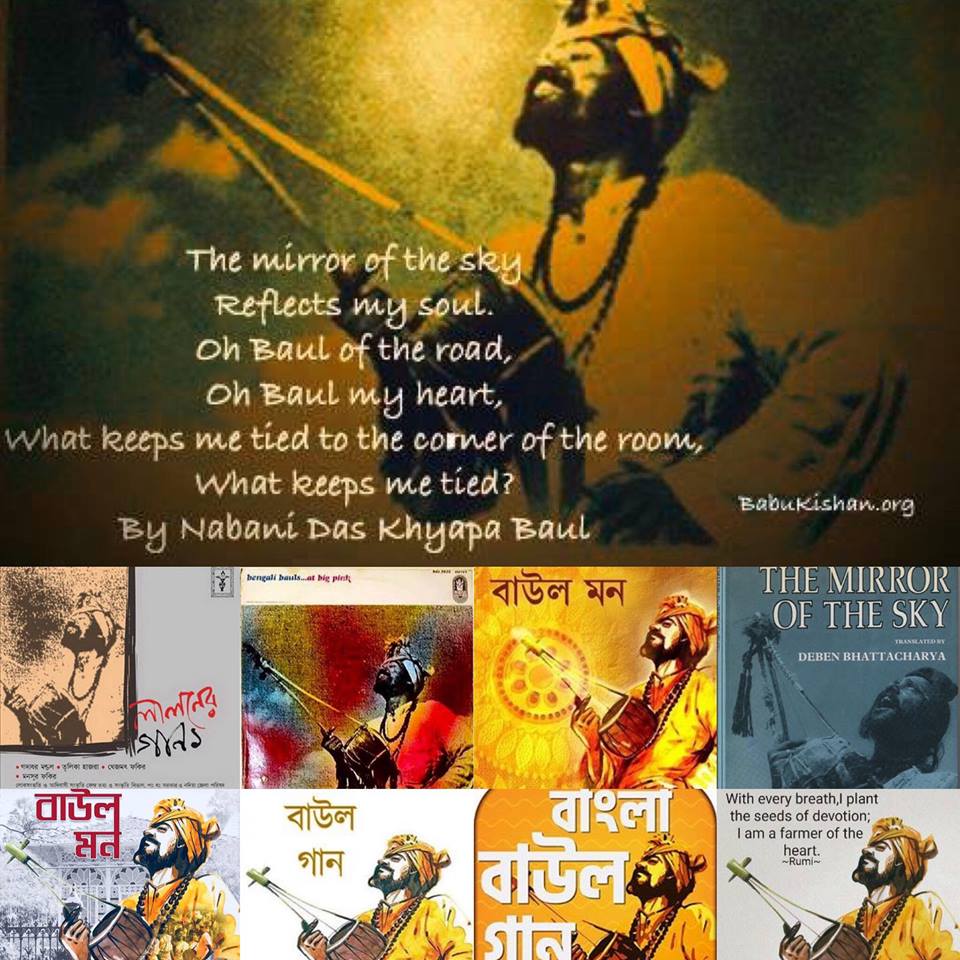
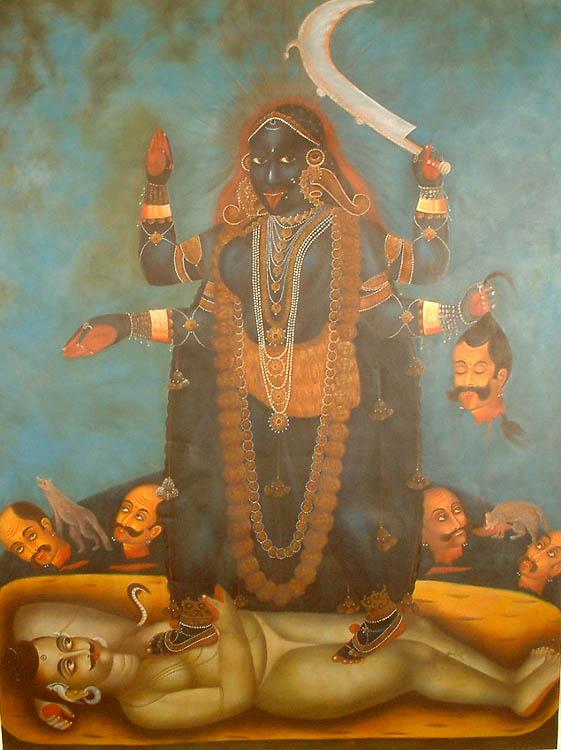
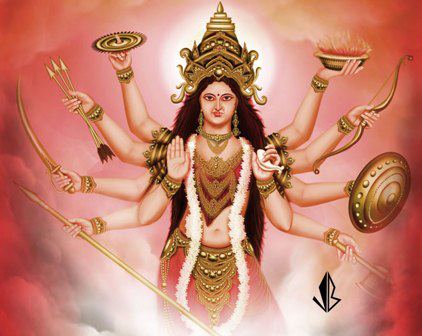
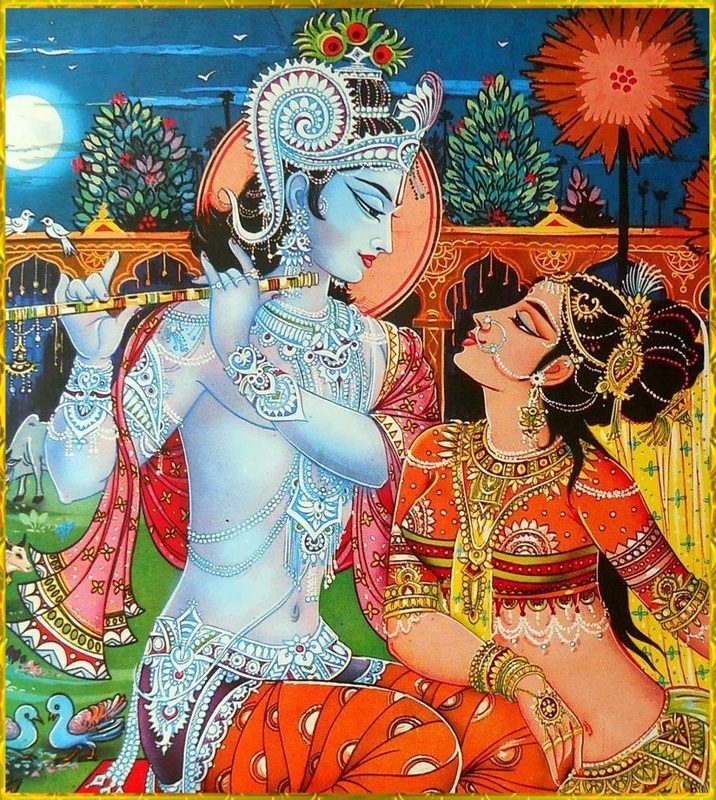
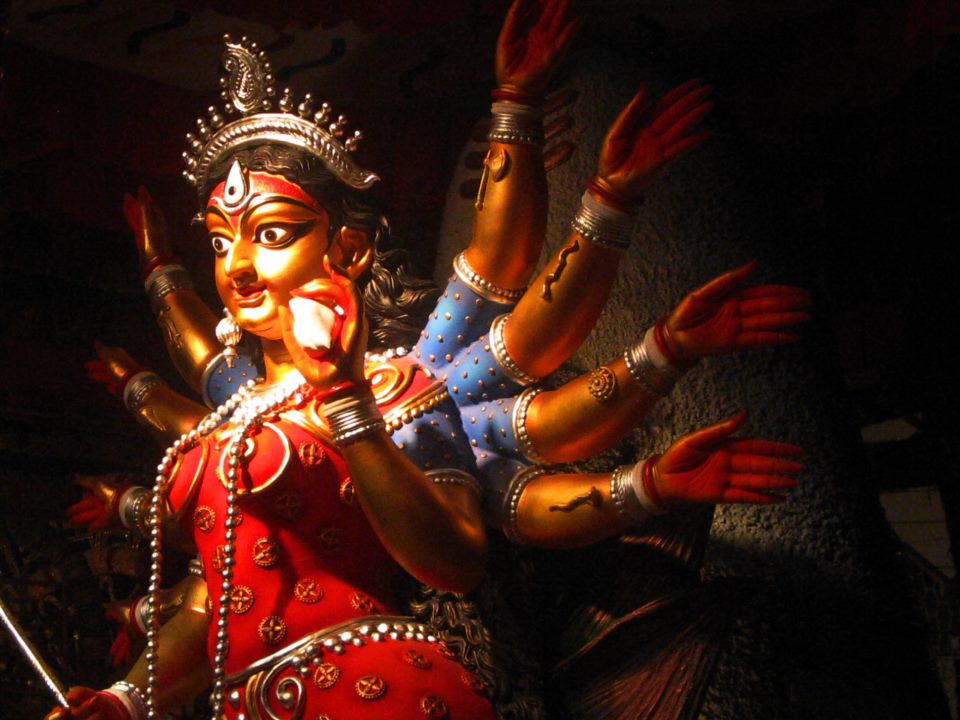

 RSS Feed
RSS Feed
